How to See How Much RAM Your Android Phone Has |
- How to See How Much RAM Your Android Phone Has
- How to Create a New Folder in Gmail
- 10 Christmas Horror Movies to Watch for a Spooky Holiday
- How to Automatically Revoke Permissions for Unused Apps on Android
- Nvidia GeForce RTX 3060 Ti Review
- How to Merge Duplicate Contacts On Android Using Google Contacts
- How to Send Someone Money with Google Pay
- How to Search Open Tabs on Google Chrome
- How to Hide or Disable “Meet Now” on Windows 10
| How to See How Much RAM Your Android Phone Has Posted: 08 Dec 2020 08:57 AM PST
RAM is an important specification on your smartphone. The amount your phone has can greatly impact performance. If you're curious how much RAM you have on your Android phone, we'll show you how to find out. To see how much RAM is on your Android phone, you first have to enable the hidden Developer Options menu. You can do a lot with these lesser-known settings, including seeing your phone's memory usage. RELATED: 8 Things You Can Do In Android’s Developer Options First, swipe down from the top (once or twice, depending on your device's manufacturer), and then tap the gear icon to open the Settings menu.
Next, scroll all the way down and select "About Phone."
At the bottom, tap "Build Number" repeatedly (usually, about five times in quick succession) until the "You are now a developer" message appears.
Then, go back to the main Settings menu and tap "System."
Tap the new "Developer Options" section. If you don't see it, check in the "Advanced" section.
At the top of the page, you'll see "Memory," as well as how much memory you have, but you can tap this option to see more information.
This screen will look slightly different depending on your phone's manufacturer, but the number next to "Total Memory" is how much RAM your phone has.
The RAM listed here will usually be slightly lower than what was advertised. For example, the Pixel 5 has "8 GB of RAM," but the system only shows 7.8. The amount of RAM your phone has will never change, but you can always check here to see how much you're using. | |||||||||||||||||||||||||||||||||||||||||||||||||||||||||||||||||
| How to Create a New Folder in Gmail Posted: 08 Dec 2020 07:56 AM PST
Your inbox can quickly get overwhelming. One way to better maintain your email account is to create folders (known as "labels" in Gmail) and organize your emails accordingly. Here's how to create them in Gmail. As we mentioned above, Gmail uses a system known as labels—it doesn't actually have folders. While there are some subtle differences between labels and the traditional folder (such as the ability to assign an email to multiple labels), the concept is pretty much the same. Labels are used to organize emails, just like you would with folders. Create a New Label in Gmail for DesktopTo get started, open the Gmail website in your desktop browser of choice (such as Chrome) and log in to your account. Next, click the gear icon in the top-right corner of the window.
A drop-down menu will appear. Click "See All Settings."
Next, select the "Labels" tab.
Scroll down to the "Labels" section and click the "Create a New Label" button.
The "New Label" pop-up window will appear. Type the name of your new label into the text box under "Please enter a new label name." Click "Create" to generate the new label.
You can also nest labels. To do that, you'll need to have at least one label already created. Just check the box next to "Nest Label Under," click the arrow to the right of the text box, and select your parent label from the drop-down menu.
A toast notification will appear in the bottom-left corner of the screen letting you know the label was created.
Your new label will now appear in the left-hand pane of your inbox.
RELATED: Forget The Gimmicks: Here’s the Best Way to Organize Your Gmail Inbox Create a New Label in Gmail for MobileYou can also create a new label using the Gmail app for iPhone, iPad, or Android. To do this, open the Gmail app on your mobile device and tap the hamburger menu icon in the top-left corner of the screen.
Scroll all the way down and, under the "Labels" section, tap "Create New."
Tap the text box and type the name of the new label. Next, tap "Done."
Your new label is now created. Creating labels is just the first step toward better inbox management—but it's a good first step. With a little housekeeping using Gmail's email management toolset, you may even be able to reach Inbox Zero… just maybe. | |||||||||||||||||||||||||||||||||||||||||||||||||||||||||||||||||
| 10 Christmas Horror Movies to Watch for a Spooky Holiday Posted: 08 Dec 2020 06:55 AM PST  Christmas and horror have been an unlikely (but winning) combination for decades. Now, scary movies set during the holidays are a thriving subgenre. Here are 10 of the best Christmas horror movies you can check out to add some fear to your holidays. Anna and the ApocalypseDefinitely the world's only zombie Christmas musical-comedy, this resourceful, low-budget Scottish production is like Glee meets Shaun of the Dead. The plot follows a group of teenage outcasts who must fend off the undead the day before Christmas break. The teen characters are appealing and relatable, even before they're being chased by zombies. The movie also creatively incorporates the Christmas setting (it turns out a giant candy cane is great for crushing zombie skulls). Plus, the soundtrack is full of Broadway-caliber songs, staged in full-on musical numbers that continue throughout all the killing. You can stream Anna and the Apocalypse on Amazon Prime, Epix, and Hulu. Better Watch OutWhat starts as a misguided teen romance turns delightfully demented in this twisty thriller, which is sort of a horror version of Home Alone. Levi Miller stars as a seemingly sweet 12-year-old who has a crush on his slightly older babysitter (Olivia DeJonge). He attempts to protect her during a Yuletide home invasion. However, the dynamic shifts in the first of several plot reversals, and the kid's innocent crush is revealed to be something much more sinister. The filmmakers make familiar, feel-good holiday comedy elements quite grotesque. You can stream Better Watch Out on Amazon Prime, Shudder, Crackle, Pluto TV, Tubi, Vudu, and via many libraries on Hoopla. Black ChristmasBob Clark's 1974 horror movie about a killer stalking the residents of a sorority house over Christmas break is one of the earliest slasher movies. It's also one of the first to be set during Christmas, making it a genre trailblazer twice over. It's eerie and unsettling, with strong performances from Olivia Hussey, Margot Kidder, and Andrea Martin as the main sorority sisters. There was a forgettable remake in 2006, but the 2019 version, directed by Sophia Takal, smartly updates the story with themes about toxic masculinity and college rape culture. You can stream the 1974 version of Black Christmas on the Criterion Channel, Peacock, Shudder, Popcornflix, Shout! Factory TV, Tubi, and via many libraries on Kanopy. You can stream the 2019 version on HBO Max, Amazon, iTunes, and Google Play. The ChildrenA bunch of unruly kids in the house for Christmas might sound great, until they're all running around causing chaos. It's also bad if those children are infected with a mysterious substance that makes them homicidal, which is what happens in this slow-burn British horror movie. The children's behavior starts to degrade within the believable bounds of immaturity. Gradually, though, it becomes more dangerous until it's far too late for the adults to escape. The filmmakers throw in some surprisingly effective adult drama along with the pint-sized killers, which creates more emotional investment for the audience. You can stream The Children on HBO Max and Tubi. Christmas EvilA deranged killer who dresses as Santa Claus is the plot of plenty of bargain-basement Christmas slasher movies, but Christmas Evil is more of a psychological thriller. It pays uncommon attention to the underlying trauma of its main character (Brandon Maggart). A sort of tragic figure, driven by his extreme, childlike love of Christmas, he only resorts to violence when he meets any resistance to spreading good cheer. There's grit and pathos in this story that carries through to its bizarrely hopeful, magical-realist ending. You can stream Christmas Evil on Shudder, Vudu, and the Roku Channel. GremlinsDangerously cute little monsters terrorize a small town on Christmas Eve in this enduring favorite. It's somehow become a go-to family movie, despite all the murder and mayhem. It's hard to get mad at the raucous green gremlins, who get just as excited about watching Snow White and the Seven Dwarfs as they when destroying property and killing people. Director Joe Dante drew on his love of B-movie creature features to create the gremlin invasion that wreaks havoc on a charming, sleepy little hamlet that usually embodies Christmas coziness. You can purchase or rent Gremlins on Amazon, iTunes, Google Play, and FandangoNow. KrampusThere's been a glut of low-budget horror movies in recent years involving Krampus, the demonic counterpart to Santa Claus popular in some European countries. Michael Dougherty's darkly comedic take is easily the best of them. He manages to turn family togetherness into a sort of eternal purgatory. Krampus is loosed on an extended family, and the squabbling members must then band together to fight the evil presence. There are strong performances from Adam Scott, Toni Collette, Allison Tolman, and David Koechner, along with some eerie atmosphere. You can purchase or rent Krampus on Amazon, iTunes, Google Play, and FandangoNow. Mercy ChristmasMicro-budget Christmas horror movies have cluttered streaming services in recent years. However, Ryan Nelson's scrappy production rises above the pack with likable performances and a cheerfully gruesome tone. This film enthusiastically embraces alternative main course options for Christmas dinner. When a lonely office drone is invited to the home of his pretty coworker, he soon discovers he might be more than just a guest. You can stream Mercy Christmas on Amazon Prime, Epix, Vudu, and via many libraries on Hoopla. Santa's SlayThe pun in the title is indicative of the ridiculousness in store in this exuberantly campy movie. Santa Claus (former pro wrestler Bill Goldberg) is the son of Satan. He's finally been released from a 1,000-year curse that bound him to bring joy and gifts instead of murder and death every Christmas. Now Santa's finally free to go on a killing spree and deliver silly one-liners, like a Christmas Freddy Krueger. Set in Canada, the movie culminates in a major showdown that involves curling. It also features mutant reindeer and exploding Christmas presents. The filmmakers know just how cartoonish it all is and have a blast with the absurdity. You can stream Santa's Slay on Peacock, or buy or rent it on Amazon, iTunes, Google Play, and FandangoNow. Silent Night, Deadly NightThis 1984 slasher launched what's probably the only enduring Christmas-horror franchise (there have been four sequels and a reboot, thus far). Due to a series of Christmas-related traumas during his rough childhood, Billy (Robert Brian Wilson) finally snaps while working at a toy store at Christmas. Donning a Santa suit, he starts picking off random victims. The movie's unapologetic nastiness (including a violent finale at an orphanage) inspired protests at the time of release. Now, it just feels like a typical slasher movie with some extra humbug. You can rent Silent Night, Deadly Night on Amazon, iTunes, Google Play, and FandangoNow. | |||||||||||||||||||||||||||||||||||||||||||||||||||||||||||||||||
| How to Automatically Revoke Permissions for Unused Apps on Android Posted: 07 Dec 2020 10:25 PM PST Well, Google recently rolled out the latest version of its mobile operating system – Android 11. Android 11 is only available for Pixel, Xiaomi, OnePlus, Oppo, and Realme Smartphone. Like the previous versions, Android 11 also introduced some new features like One-Time app permissions, Notification History, etc. You can even get some of Android 11's exclusive features on any Android by following our guide -. Among many other changes, Google has also introduced the ability to automatically revoke permissions from apps that users don't use in Android 11. The new feature is named 'Auto Revoke Permissions,' and it does exactly what it sounds. It automatically revokes permissions for files, camera, contacts, location, etc., for apps you haven't used for a while. Also Read: Best Home Security Apps For Android How to Automatically Revoke Permissions for Unused Apps on AndroidThe feature is disabled by default, but users can easily enable it from the App settings. This article will share a detailed guide on how to use Android 11's new auto-remove permission feature. Let's check out. Note: The Auto Revoke Permissions feature should be enabled manually for every app installed on your device. Step 1. First of all, make sure that your phone is running on the latest Android 11. Step 2. Now open the App drawer and tap on 'Settings.' Step 3. On the Settings page, tap on the 'Apps and Notifications' option. Step 4. Under the apps, pick the app whose permissions you'd like to have automatically revoked. Step 5. Now scroll down and look for an option 'Auto revoke permissions.' Step 6. Now use the toggle button to turn on the auto revoke permission feature. That's it! You are done. If you don't use the app for a few months, Android 11 will automatically revoke all authorized permissions. So, this article is all about how to revoke permissions from unused apps on Android automatically. I hope this article helped you! Please share it with your friends also. If you have any doubts related to this, let us know in the comment box below. | |||||||||||||||||||||||||||||||||||||||||||||||||||||||||||||||||
| Nvidia GeForce RTX 3060 Ti Review Posted: 07 Dec 2020 02:50 PM PST The new GeForce RTX 3060 Ti is Nvidia’s latest $400 GPU designed to replace the RTX 2060 Super. This has been a long rumored release, and case in point, we have several cards on hand already. Although we did not receive a Founders Edition model on time for this review, we do have four AIB cards, including the Evga RTX 3060 Ti FTW3 Ultra, Asus ROG Strix RTX 3060 Ti, MSI RTX 3060 Ti Gaming X Trio and Gigabyte RTX 3060 Ti Gaming OC Pro. That’s nice. Since the Gigabyte model arrived first we've used it for testing and will be representing the RTX 3060 Ti on our benchmarks, later on we’ll explore what is unique about each card however.
Now, when compared to the RTX 2060 Super, the RTX 3060 Ti should be a substantial upgrade as in terms of specs it sits somewhat close to the excellent RTX 3070. It packs just 17% fewer cores, TMUs and ROPs. The memory subsystem remains the same, though we saw the same configuration with the 2060 Super, that’s 8GB of GDDR6 memory clocked at 7000 MHz for a 14 Gbps transfer speed. The 256-bit wide memory bus results in a peak bandwidth of 448 GB/s.
The cores are clocked 3.5% lower than the RTX 3070’s at 1665 MHz. As a result the 3060 Ti has a board power rating of 200 watts which is a 14% increase from the 2060 Super. Given what we've seen from Ampere so far, we’re expecting the 3060 Ti to be a good bit faster than the 2060 Super, though the real test should be how it fares against the outgoing Radeon RX 5700 XT.
After all, the 5700 XT is the previous generation $400 champ as it was over 20% faster than the 2060 Super on average, so we’re keen to see if the 3060 Ti can finally put down AMD's first crack at their RDNA architecture. For testing we’re still using our Ryzen 9 3950X test system, which will get upgraded to the 5950X as soon as we can. The 3950X has little influence on the 1440p data and doesn't limit the 4K results at all, so for the most part very little will change when moving to the 5950X, or so we expect.
Speaking of resolutions, our focus on today’s review will be on 1440p performance since this isn't a 4K graphics card. We've also dropped 1080p performance as scaling is very similar to what will be shown at 1440p. With that said, we have provided the 18 game average 1080p and 4K data, while also including it in our cost power frame analysis.
One last important detail, since we are not testing Nvidia’s RTX 3060 Ti Founders Edition graphics card, we've tested using the Gigabyte Gaming OC Pro. This card comes with a 6% factory overclock, so it will perform slightly better than cards following the reference or base spec, please be aware of that. On the upside, we’re also using the MSI Gaming X version of the 2060 Super which is also a factory overclocked, as is the 5700 XT we tested, represented by PowerColor's Red Devil.
When we update all our benchmarking data with the Ryzen 9 5950X, we'll replace the Founder Edition results for the 3070, 3080 and 3090 with factory OC AIB models, we'll also do the same for our Radeon RX 6800 and 6800 XT results. Truth be told, it won’t make a huge difference, a 6% overclock will typically net you a 3 to 4% performance uplift, but we wanted to be transparent about what’s going on here. BenchmarksFirst up we have Godfall and as expected the 3060 Ti isn't a great deal slower than the RTX 3070, trailing by just a 13% margin with 62 fps on average. That meant it was 19% faster than the 5700 XT, which is a reasonable performance uplift. Of course, the massive 48% uplift over the 2060 Super is far more impressive.
Whereas Godfall is a new AMD sponsored title, Watch Dogs Legion is a new Nvidia sponsored title and unsurprisingly the 3060 Ti does even better here relative to the 5700 XT, beating the previous generation Radeon GPU by a 30% margin.
The RTX 3060 Ti is also 42% faster than the 2060 Super and just 13% slower than the 3070. Having said all that, just 61 fps on average at 1440p isn't exactly amazing performance and we've yet to enable ray tracing, though we will look at that soon along with DLSS performance in this title.
The RTX 3060 Ti performs very well in Assassin’s Creed Valhalla, trailing the 3070 by just a 9% margin, though again we're only looking at 58 fps on average which admittedly is enough for this style of game, though I personally would tune the quality settings for reduced input latency. When compared to the 2060 Super we're looking at an almost 30% performance boost, so that's nice, though the 3060 Ti was only able to match the 5700 XT in this new AMD sponsored title. So it would seem Nvidia has some driver optimization work to do.
Dirt 5 is yet another new AMD sponsored title and we find a situation where the 3060 Ti is slightly slower than the old 5700 XT, despite beating the 2060 Super by a 30% margin. It will be interesting to see how the 5700 XT and 2060/2070 Super stack up by this time next year, we certainly seem to already be seeing a situation where the RDNA architecture is aging much better than Turing.
Even in Death Stranding the new RTX 3060 Ti isn't a great deal faster than the 5700 XT, beating it by a 13% margin despite trailing the 3070 by just a 9% margin. We're also talking about a massive 40% performance uplift over the 2060 Super, so again while the 3060 Ti looks fantastic compared to Nvidia's previous $400 offering, it's far less impressive when compared to AMDs.
We are seeing a rather healthy 25% performance boost for the 3060 Ti over the 5700 XT in Microsoft Flight Simulator 2020, taking the average frame rate at 1440p up to 40 fps on average. That means it’s just 9% slower than the 3070 and almost 30% faster than the 2060 Super.
Even in Shadow of the Tomb Raider, the 3060 Ti was just 9% slower than the RTX 3070 with 108 fps on average. It was also much faster than the 5700 XT, beating it by almost 30% and a massive 46% margin over the 2060 Super, making Tomb Raider one of the best showings yet for the 3060 Ti.
The RTX 3060 Ti remains strong in Tom Clancy’s Rainbow Six Siege, beating the 5700 XT by a convincing 24% margin and burning the 2060 Super by an incredible 56%. It’s also just 12% slower than the RTX 3070, so overall a great result and not that far from the 2080 Ti, a card that once fetched $1200.
F1 2020 has been a strong title for AMD in the past and here we're seeing that the 3060 Ti is only able to beat the 5700 XT by 7%, though we are seeing 2080 Super-like performance from the 5700 XT, so like we said, this is a strong title for AMD. Despite the disappointing margin from the 5700 XT, the 3060 Ti was 51% faster than the 2060 Super, so that's a monstrous generational improvement for Nvidia at the $400 price point.
We're again seeing the RTX 3060 Ti delivering RTX 2080 Super-like performance with 82 fps on average at 1440p in Gears 5, making it just 9% slower than the 3070. It was also 11% faster than the 5700 XT, despite beating the 2060 Super by an almost 40% margin.
The Horizon Zero Dawn results are surprising as here the 3060 Ti was just 4% slower than the RTX 3070, delivering 92 fps on average, allowing it to beat even the RTX 2080 Ti. When compared to the 5700 XT we're looking at a 31% performance increase, so very impressive and a truly massive 61% increase over the 2060 Super.
We're looking at a decent 21% performance gain over the 5700 XT in World War Z. Also a massive 61% performance jump over the 2060 Super. When compared to the 3070, the RTX 3060 Ti was just 11% slower, so not much separating these two Ampere products.
Metro Exodus is one of the few games that’s quite heavily CPU limited with the Ryzen 9 3950X at 1440p, and as a result the 3060 Ti is just 4% slower than the 3070. Despite that, the 3060 Ti doesn't appear all that CPU limited given it was still 27% faster than the 5700 XT and almost 40% faster than the 2060 Super.
Testing with Resident Evil 3 reveals the 3060 Ti to be just 10% slower than the 3070 and this is fairly typical of what we've seen so far. Even more impressive is the fact that in this title it was 32% faster than the 5700 XT and 51% faster than the 2060 Super. That's a really nice upgrade at the $400 price point.
The RTX 3060 Ti managed to edge out the 2080 Super, this time in DOOM Eternal and that meant it was 99% faster than the RTX 2060 Super, pretty crazy stuff. So basically the RTX 3060 Ti is a beast in Doom. It was less impressive relative to the 5700 XT, though still a big gain at 42% faster. So basically the RTX 3060 Ti is a beast in Doom.
The RTX 3060 Ti also dominated the previous-generation competition in Wolfenstein: Youngblood, beating the 5700 XT by a 42% margin and the 2060 Super by a 56% margin. It was also a mere 11% slower than the 3070 and 2080 Ti.
In the last game we tested, the 3060 Ti was just 10% slower than the RTX 3070 in Hitman 2 and 27% faster than the 5700 XT, so an excellent result here. We're also looking at a 42% performance uplift over the 2060 Super, so when compared to Nvidia's previous generation $400 part, the 3060 Ti looks amazing. Average Gaming PerformanceHere's a look at the average performance seen across the 18 games tested. Although we didn't spend time looking at 1080p performance on each of the games tested so far, we did collect the data. A look at the 1080p average data is below and as you can see at this lower resolution the RTX 3060 Ti was on average just 8% slower than the RTX 3070, though be aware at times the 3070 will have been limited by the CPU.
Still, for those gaming at 1080p with a CPU similar (or slower) than the Ryzen 9 3950X, the 3060 Ti won't be much slower than the RTX 3070, though it also won't be much faster than the older Radeon RX 5700 XT. Here we see a 15% performance uplift on average. When compared to the 2060 Super we are looking at a rather massive 41% performance improvement, so that's quite impressive.
Now at 1440p we're almost never CPU limited, with the exception of two or three titles. The 3060 Ti is 9% slower on average when compared to the RTX 3070, which is similar to the margin seen at 1080p. The GeForce does extend its lead over the 5700 XT out to 21%, which is a decent performance uplift, while not an extreme leap for a next generation GPU. Of course, the super impressive leap is seen when looking at the RTX 2060 Super. Here the new RTX 3060 Ti is on average 50% faster at 1440p and that’s a serious generational improvement.
At 4K, the RTX 3060 Ti is seen trailing the 3070 by just 12%, which is a surprisingly small margin. It's also now 28% faster than the 5700 XT which is a decent margin, though in our opinion neither are really suitable for 4K gaming. The cut off here we'd say is the 2080 Ti / RTX 3070 and even the 3070 might be questionable moving forward with its limited 8GB VRAM buffer. Cost Per FrameTime for a look at the cost per frame and for now we're going to stick with the MSRP data for the 1080p results. We'll make some adjustments to the 1440p results, which we'll look at in a moment. In a perfect world, where the MSRP meant something, the RTX 3060 Ti would be coming in well below anything we've previously seen in terms of cost per frame…
But let's move to the 1440p results to continue this discussion. We'll start with an MSRP comparison before looking at retail prices. When compared to the RTX 3070, the 3060 Ti should be coming in offering 13% more value per frame and 14% when compared to the RX 6800.
Now, when compared to the outgoing models like the 2060 Super and 5700 XT, the 3060 Ti is 18% more affordable per frame when compared to the 5700 XT and 33% more affordable when compared to the 2060 Super. Given the performance just seen and the fact that they should all cost $400, no surprises there. But what about actual retail prices? Well let's start with pricing over at Newegg. Now be aware almost all of these graphics cards are out of stock and while the Ampere GPUs have seen numerous re-supplies, they sell out instantly.
What we're looking at here is the cheapest list price for each AIB model, there are three 3070 AIB cards at the MSRP and three 3080 cards at the MSRP. There is a single 6800 that's just below the MSRP, it's the PowerColor Fighter and there's another at the MSRP. The 6800 XT though doesn't have any AIB models at the MSRP, the cheapest being the Sapphire Nitro+ at $770. Finally, there's a few 5700 XT's at $400, but the vanilla 5700's are all overpriced, presumably due to a lack of supply at the moment. Taking those listings this is what we end up with. Basically the 3060 Ti is still great value with the RX 6800 also looking very good, albeit at a much higher price. The RTX 3070 also looks good though it is coming in at a 14% premium per frame when compared to the 3060 Ti. It's really only the 6800 XT that looks a bit weak here, though it's not too bad compared to the RTX 3080, at least for those wanting to game at 1440p.
Ray Tracing PerformanceFor ray tracing and DLSS performance, we're going to have a look at 1080p and 1440p performance. We'll be comparing the RTX 3060 Ti with the 2060 Super and the RX 6800, which is currently the cheapest Radeon GPU that supports ray tracing, though it's not a direct competitor for the 3060 Ti. As we saw before, the 3060 Ti is 34% faster than the 2060 Super in Watch Dogs Legion at 1080p and with ray tracing enabled that margin doesn't change much, using ultra quality ray tracing the RTX 3060 Ti is 38% faster and 41% faster with medium quality RT.
We're then looking at a 36-42% margin when RT + DLSS enabled and then just a 26% margin with both using just DLSS. So while Nvidia has optimized the 2nd-gen RT cores and 3rd-gen Tensor cores, there's no tangible improvement in performance at the end of the day given there's less of them. An efficiency improvement sure, but an actual performance improvement relative to the standard rasterization performance, not so much. The RTX 3060 Ti will offer similar ray tracing performance to that of the 2080 Super, which is good for a $400 graphics card, but how useful that is at this performance tier will depend on your standards. Personally, gaming at 60 fps feels pretty sluggish for me, even games like Watch Dogs, I like to play at around 90 fps, the input just feels a lot better and I favor input over visual quality, at least when it means playing at or below about 90 fps.
Of course, everyone is different, so if you're happy gaming at around 60 fps then the RTX 3060 Ti will deliver a good experience at 1080p with DLSS enabled. We also find the visual upgrade from 1080p to 1440p to be massive, certainly bigger than the upgrade from 1440p to 4K, which is probably one reason why gamers aren't rushing to 4K. Anyway, if you want to play at 1440p you'll have to be okay with less than 60 fps with DLSS enabled and you can expect regular dips down in the low 40s. The game is unplayable using RT in my opinion without DLSS enabled. Again, my personal preferences would see me disable ray tracing entirely in Watch Dogs Legion with an RTX 3060 Ti and instead go with quality DLSS for 77 fps on average which saw frame rates consistently above 60 fps. For this title and likely many others that support DLSS 2.0, the RTX 3060 Ti can deliver a better experience than even the Radeon RX 6800, and that's very impressive. Power ConsumptionBecause we don't have the base Founders Edition model on hand, these power figures are going to be a bit all over the place, and therefore we've tested all four AIB models which may be even better for future reference. As you can see on the graph below, the Asus ROG Strix model used the least amount of power, but even so total system consumption was increased by a few watts when compared to the RTX 3070 Founders Edition. The 3060 Ti FE model should use around 20 watts less power, making these AIB models a lot less efficient, thought that's fairly typical.
Using Nvidia's PCAT to look at board power specifically, we see that the Asus ROG Strix model uses the same power as the RTX 3070 Founders Edition at 226 watts, which is 200 watts over the base spec. The MSI Gaming X Trio is way more power hungry though hitting 255 watts which is well over spec, presumably MSI’s been aggressive with their stock voltage.
For performance per watt, we're using the Gigabyte Gaming OC Pro data as that's the model we used for all game benchmarks. We're also using the 1440p data, previously we've focused on the 4K data for this which is much more favorable for the higher-end Ampere GPUs which do scale better at this higher resolution.
At 1440p we've seen just how inefficient the 3080 and 3090 are in terms of performance, and as a result performance per watt isn't as impressive as what we've seen at 4K. The RTX 3070, which scales more consistently does fair every well, losing only to the RX 6800. The Gigabyte RTX 3060 Ti Gaming OC Pro though uses the same amount of power as the RTX 3070 Founders Edition and therefore doesn't score as well, though the performance per watt is still quite good. If we had the FE model to test, we imagine the 3060 Ti would be comparable to the 3070. Thermal PerformanceLet's talk a bit about thermal performance, fan speeds and operating clock speeds. Starting with the Gigabyte Gaming OC Pro, it peaked at just 67C, which is a fairly low temperature, though the fan speed was very high as 2100 RPM. There’s the option of a silent BIOS but due to extreme time constraints we've only been able to test each of these four AIB graphics cards using the primary or default BIOS. So, 67C with a 2100 RPM fan speed and maintaining a clock speed of 1950 MHz after 30 minutes of gameplay. By the way, all this testing was conducted in the Corsair Obsidian 500D, with a 21C ambient temperature.
Next up we have the Asus ROG Strix which peaked at just 58C, that's a 9C improvement on the Gigabyte model, though you can expect the Strix card to fetch a higher price. Anyway, 58C with a 1600 RPM fan speed, an excellent result. The Evga FTW3 Ultra peaked at 72C with a 2000 RPM fan speed, that's the worst result we've seen so far and although the clock speed was 1.5% higher at 1980 MHz, that's a negligible difference. Finally, the MSI Gaming X Trio which is another premium RTX 3060 Ti and this model peaked at just 61C with an 1800 RPM fan speed, though like the EVGA version it maintained a core clock speed of 1980 MHz. Based on this quick look, we'd say the best model here is the Asus ROG Strix, though it's likely to cost the most, and then the MSI Gaming X Trio. OverclockingHere's a look at overclocking with the Asus ROG Strix RTX 3060 Ti, given how cool this model ran we decided to use it for overclocking.
It managed a stable 2.1 GHz for the cores, while the memory achieved 16 Gbps and this resulted in a further 9% performance which placed it on par with a stock base spec RTX 3070. Not bad, though fairly typical for these new Ampere GPUs. What We LearnedThe RTX 3060 Ti is a mighty impressive upgrade when compared to Nvidia's previous $400 offering, the RTX 2060 Super, offering 50% more performance at the same price point. The 2060 Super wasn't exactly great value however, same as most of Turing’s lineup, and in this price range the go to option for best performance for your dollar was the Radeon RX 5700 XT. In that comparison, the RTX 3060 Ti is offering about 20% more performance. The 5700 XT has been available for about 18 months, so a 20% boost in that timeframe isn't bad, it's just not earth shattering. Had the RTX 3060 Ti offered more VRAM, it'd be a bit more exciting and perhaps more enticing for someone already rocking a 5700 series GPU.
The RTX 3060 Ti is a great upgrade option for those with something like a GTX 1070, who decided to skip Turing, the ray tracing hype generation that offered very little in the way of a cost per frame improvement. For those with a GTX 1070, you're looking at a 90% performance uplift on average at 1440p, while GTX 1080 owners are looking at a solid 60% performance uplift. You're also getting ray tracing support, which as you know from previous reviews, it’s not something I personally find relevant because of the small but growing list of games supported (and consequent performance hit). Let's talk a bit about that, and know that this is all based on my personal preferences… First, we're not down to play at 1080p, especially when spending $400 (or more) on a graphics card. That's just too much to be spending on a 1080p experience, unless you're doing it for professional competitive gaming. In my view, 1440p offers a significant visual upgrade and because of this I haven't used a 1080p display in over a decade — not since 2008 when I purchased my first 2560×1600 monitor, an investment that was with me for almost a decade.
That being the case, 1080p ray tracing performance just isn't where it's at for me. These cards need to deliver at 1440p and a sub-60 FPS experience when leveraging DLSS is not something we're particularly interested in. So for me the RTX 3060 Ti technically doesn't support ray tracing as it can't deliver an acceptable level of gaming performance with it enabled, even with the help of DLSS. On the other hand, what is a very neat feature and something we’d absolutely use is DLSS. Going from 61 fps in Watch Dogs Legion to 77 fps with no noticeable downgrade to the visuals is a big deal. It's also a feature we'd use in more competitive games, such as Fortnite, for example, which now also supports DLSS. Fortnite supports ray tracing, but it's a complete waste even with an RTX 3090, as any half decent gamer will be turning most effects down or entirely off, for competitive advantage, and that's exactly what we do.
For those of you who are wondering why we didn't enable DLSS for the benchmarks we just saw in the games that support it, like Death Stranding for example, in short we prefer to show native performance as that's an apples to apples comparison. DLSS while super impressive, isn't always flawless, sometimes suffering from artifacts where it fails to properly fill in the missing information. AMD has said they have their own DLSS-type technology on the way, and hope to have it supported by a much broader range of games. That could drastically change this discussion in the near future, but of course, we'll have to wait and see on that one. No matter which way you slice it though, right now the GeForce RTX 3060 Ti is the best value $400 graphics card on the market. There's simply no way you'd invest in a Radeon RX 5700 XT beyond this point. Then again, if availability is anything like what we're seen with the 3070, 3080 and 3090, buying a 3060 Ti is going to be extremely difficult at launch. Based on what we're hearing, availability will be similar to that of the RTX 3070. There will be some RTX 3060 Ti stock available but it’ll sell out right away and will be hard to get for the next few weeks. Another relevant point to this conversation, of the four 3060 Ti graphics cards we have on hand, none of them will be available at the $400 MSRP. The Evga RTX 3060 Ti FTW3 Ultra is expected to cost $450, while the MSI RTX 3060 Ti Gaming X Trio will start at $470, and we expect we'll see a similar price for the Gigabyte RTX 3060 Ti Gaming OC Pro. Asus didn't get us proper pricing in time for this review, but rest assured that the ROG Strix model will cost at least $500, at which point you might as well start looking at buying an RTX 3070 instead. Shopping Shortcuts: | |||||||||||||||||||||||||||||||||||||||||||||||||||||||||||||||||
| How to Merge Duplicate Contacts On Android Using Google Contacts Posted: 07 Dec 2020 01:47 PM PST Most of us don't need a third-party contact manager app to manage our contacts. You can use the native contact management app to create new contacts, edit or delete the existing ones. However, in some cases, a third-party contact manager app may be necessary. For example, the stock contact or dialer app can't remove duplicate contacts, can't find contacts that have been saved without a number, etc. Additionally, a third-party contact manager app can provide you some useful features like contact backup & restore, merging duplicate contacts, etc. So, if you feel that a third-party contact manager is necessary for your device, you need to check out our article – This article will talk about one of the best contact manager app for Android, known as Google Contacts. For those who don't know, Google Contacts is the stock contact management app of Pixel, Nexus, and Android One devices. The app is also available on the Google Play Store, and it's free to download. Also Read: How to Restore Lost or Deleted Contacts On Android Steps to Merge Duplicate Contacts on Android using Google ContactsYou can use the Google Contacts app to create new contacts, edit existing contacts, merging duplicates, and backup & restore contacts. Below, we have shared a detailed guide on merging duplicate contacts on Android using the Google Contacts app. Let's check out. Step 1. First of all, install the Google Contacts app on your Android device. Step 2. Now open the Contacts app, and you will see a screen like below. Tap on the three horizontal lines, as shown in the screenshot. Step 3. From the list of options, tap on the 'Merge and Fix' option. Step 4. On the next page, tap on the 'Merge duplicates' option. Step 5. Now Google Contacts will scan and find all duplicate contacts. To merge individual contacts, you need to tap on the 'Merge' button. You can also use the 'Merge All' option to merge all contacts in just one tap. Step 6. Now you will see a confirmation pop-up. Tap on the 'Ok' button to merge the duplicate contacts. That's it! You are done. This is how you can use the Google Contacts app to find and merge duplicate contacts on Android. This article is all about how to use Google Contacts to find and merge duplicate contacts on Android. I hope this article helped you! Please share it with your friends also. If you have any doubts related to this, let us know in the comment box below. | |||||||||||||||||||||||||||||||||||||||||||||||||||||||||||||||||
| How to Send Someone Money with Google Pay Posted: 07 Dec 2020 12:46 PM PST
Thanks to smartphones, it's now easier than ever to send money to people. Google Pay is a powerful service with many features, one of which is peer-to-peer payments. We'll show you how easy it is to send others money. Google revamped Google Pay in late 2020 with a bevy of new features, but one that has been around for a while is the ability to send money to people. It's possible to quickly transfer money to anyone with a Google Pay account. RELATED: What Is Google Pay, and What Can You Do With It?
First, open the "Google Pay" app on your iPhone or Android device. Make sure you're on the main "Pay" tab.
At the top of the "Pay" tab is the "People" section, tap "Find People to Pay."
There are a couple of different ways to find someone to pay. You can tap "Scan QR Code" to scan the person's personal Google Pay code. The easier option is to simply do a search at the top of the screen.
You can search by name, phone number, and email address. If the person has signed up for Google Pay, they will show up. If not, you can invite them.
If the person is a Google Pay user, simply tap their name from the results.
A messenger-like conversation screen will open. At the bottom, there are a few buttons. Tap "Pay" to begin sending money.
Next, type the amount of money you want to send and add a note about it. Tap the blue checkmark when you're done.
A confirmation pop-up message will appear. You can select a different payment method if you'd like. If the person is not in your contact list, Google will alert you to make sure the info is correct. Tap "Pay $X.XX" when you're ready.
It will take a few seconds for the transfer to process. When it's done, Google Pay will tell you how much was sent and at what time it occurred. Tap "Got It" to finish up.
The transfer will now appear on the conversation screen with the person.
That's all there is to it! This is a pretty simple process if you can get people to use Google Pay in the first place. The fact that you can't use credit cards is a bit cumbersome, but other methods work fine. RELATED: How to Connect Google Pay to Your Bank or Credit Card to Track Spending | |||||||||||||||||||||||||||||||||||||||||||||||||||||||||||||||||
| How to Search Open Tabs on Google Chrome Posted: 07 Dec 2020 11:17 AM PST
Browser tabs can be a blessing and a curse. It's handy to have multiple pages open at once, but if you use a lot of tabs, it can quickly become hard to manage. That's where Google's Chrome Tab Search comes in. Introduced in Google Chrome 87, Tab Search is exactly what it sounds like. You can click a button to see a list of all your open tabs, across all Chrome windows, and easily search through them. You can search the title of the webpage or the site URL. As mentioned, this feature requires Chrome 87 or later. It's available on Google Chrome for desktop (Windows and Mac) and Chromebooks running the latest version of Chrome OS. Tab Search doesn't require any setup or opt-in. It appears as a simple drop-down arrow in the top tab bar. To begin, click the arrow button or use the keyboard shortcut Ctrl+Shift+A (Cmd+Shift+A for Mac).
You will now see a vertically scrollable list of all the tabs you have open in Chrome. The list includes all open Chrome browser windows, not just the current window.
At the top of the pop-up is a search box. Start typing in the box to search through all the open tabs.
You can use the arrow keys on your keyboard to select a tab from the results and hit Enter to go to the tab. If you prefer, you can click the result with your mouse and cursor as well.
That's all there is to it! This is a very simple feature, but if you're a heavy tab user, it will quickly become one of your go-to tricks.
| |||||||||||||||||||||||||||||||||||||||||||||||||||||||||||||||||
| How to Hide or Disable “Meet Now” on Windows 10 Posted: 07 Dec 2020 09:25 AM PST
Microsoft's "Meet Now" feature in Windows 10 appears as an icon in the notification area of the taskbar that includes links to Skype teleconferencing functions. Here's how to hide or disable the Meet Now icon and notification. What is Meet Now?The Meet Now icon looks like a small video camera symbol with curved lines above and below it. By default, it appears in the notification area of the Windows 10 taskbar.
When clicked, the Meet Now button opens a small pop-up window that includes links to start or join meetings using Skype, a teleconferencing service owned by Microsoft.
If you don't have the Skype application installed, both links open the Skype website in your default web browser. If you do have Skype installed, the links will open the Skype application. There is no "Meet Now" application. RELATED: How to Make Voice and Video Calls on Skype How to Hide the Meet Now Icon From the TaskbarTo quickly hide the Meet Now icon, right-click it and select "Hide" from the context menu that pops up.
After that, the Meet Now icon in the taskbar will disappear. It will not reappear unless you enable it again (see the section below). This action effectively "disables" Meet Now as well, since the button was merely a set of links to Skype. How to Disable the Meet Now Button From SettingsYou can also disable the Meet Now button using the Windows Settings app. First, launch settings by clicking the gear icon in your Start menu or by pressing Windows+i on your keyboard. Then click Personalization > Taskbar.
In the Taskbar settings menu, scroll down and locate the "Notification Area" section and then click the "Turn system icons on or off" link.
On the "Turn system icons on or off" page, locate the "Meet Now" option and flip the switch beside it to turn it "Off."
After that, the Meet Now icon will be disabled. RELATED: How to Customize the Taskbar in Windows 10 How to Restore (or Un-hide) the Meet Now ButtonIf you've hidden or disabled the Meet Now button and you'd like to see it again, open Settings (clicking the gear icon in your Start menu or by pressing Windows+i on your keyboard) and navigate to Personalization > Taskbar > "Turn system icons on or off." From there, flip the switch beside "Meet Now" to turn it on.
The Meet Now icon will appear in the taskbar immediately, and it will remain there unless you hide it again. | |||||||||||||||||||||||||||||||||||||||||||||||||||||||||||||||||
| You are subscribed to email updates from My Blog. To stop receiving these emails, you may unsubscribe now. | Email delivery powered by Google |
| Google, 1600 Amphitheatre Parkway, Mountain View, CA 94043, United States | |




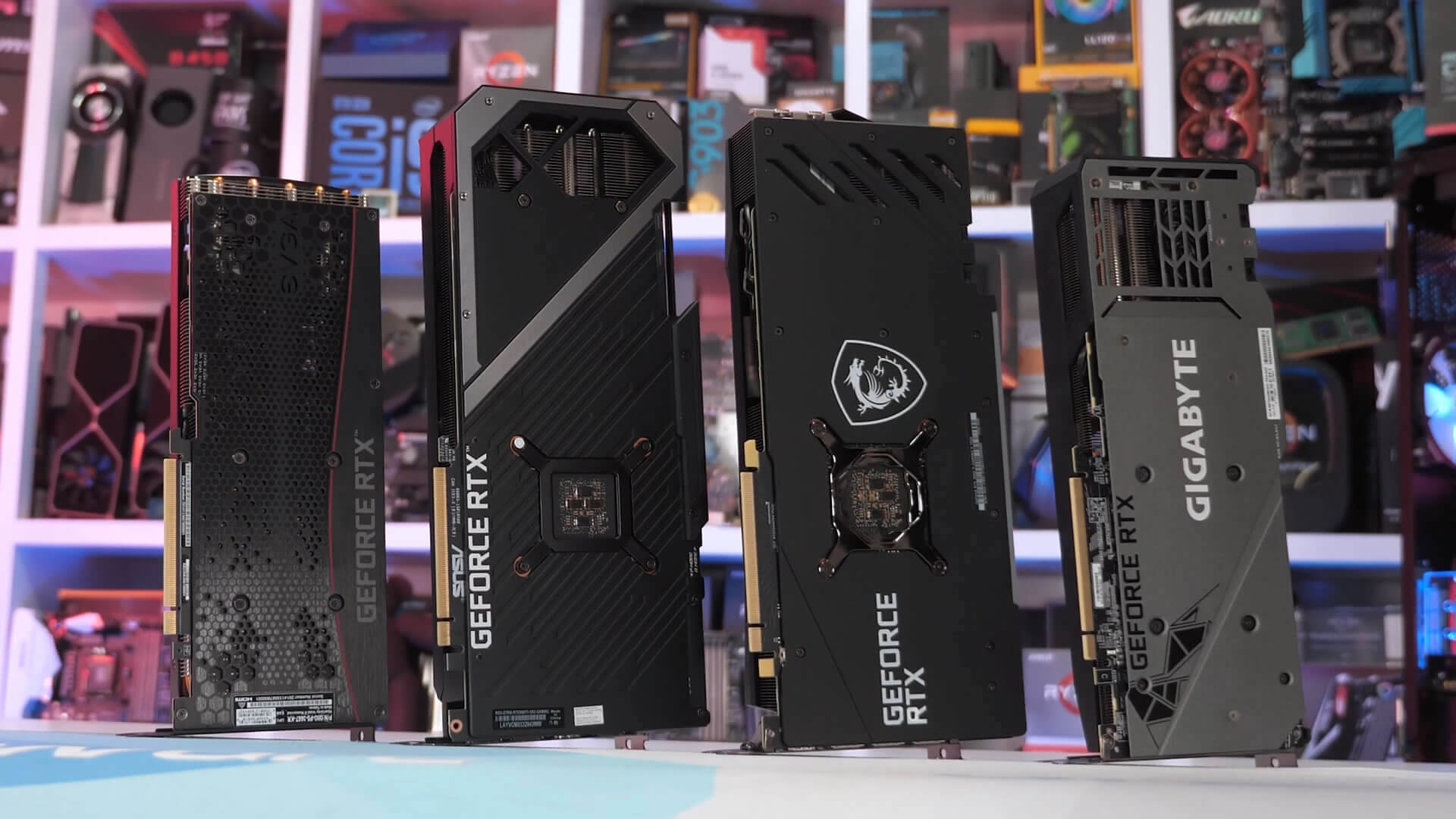
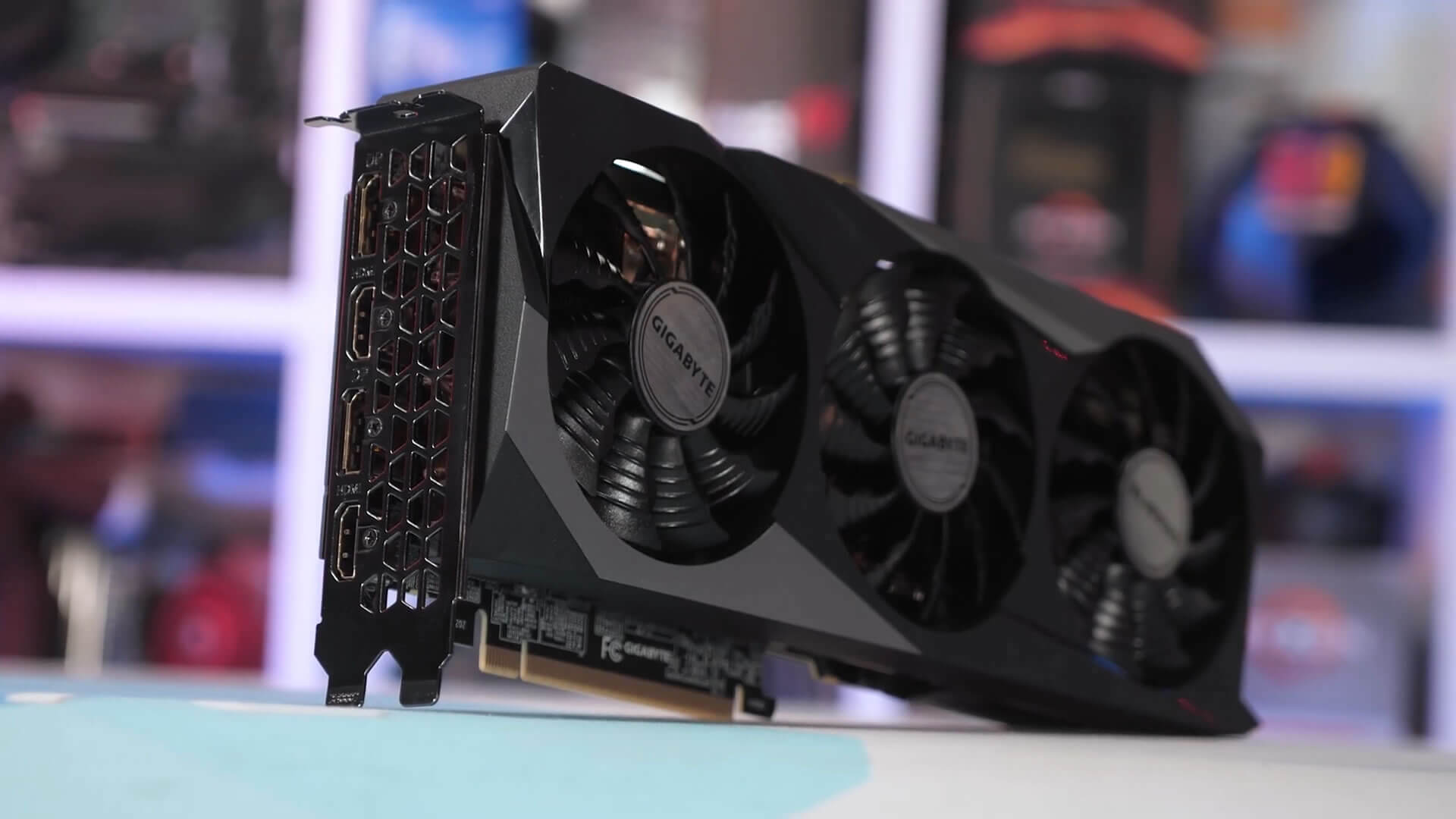

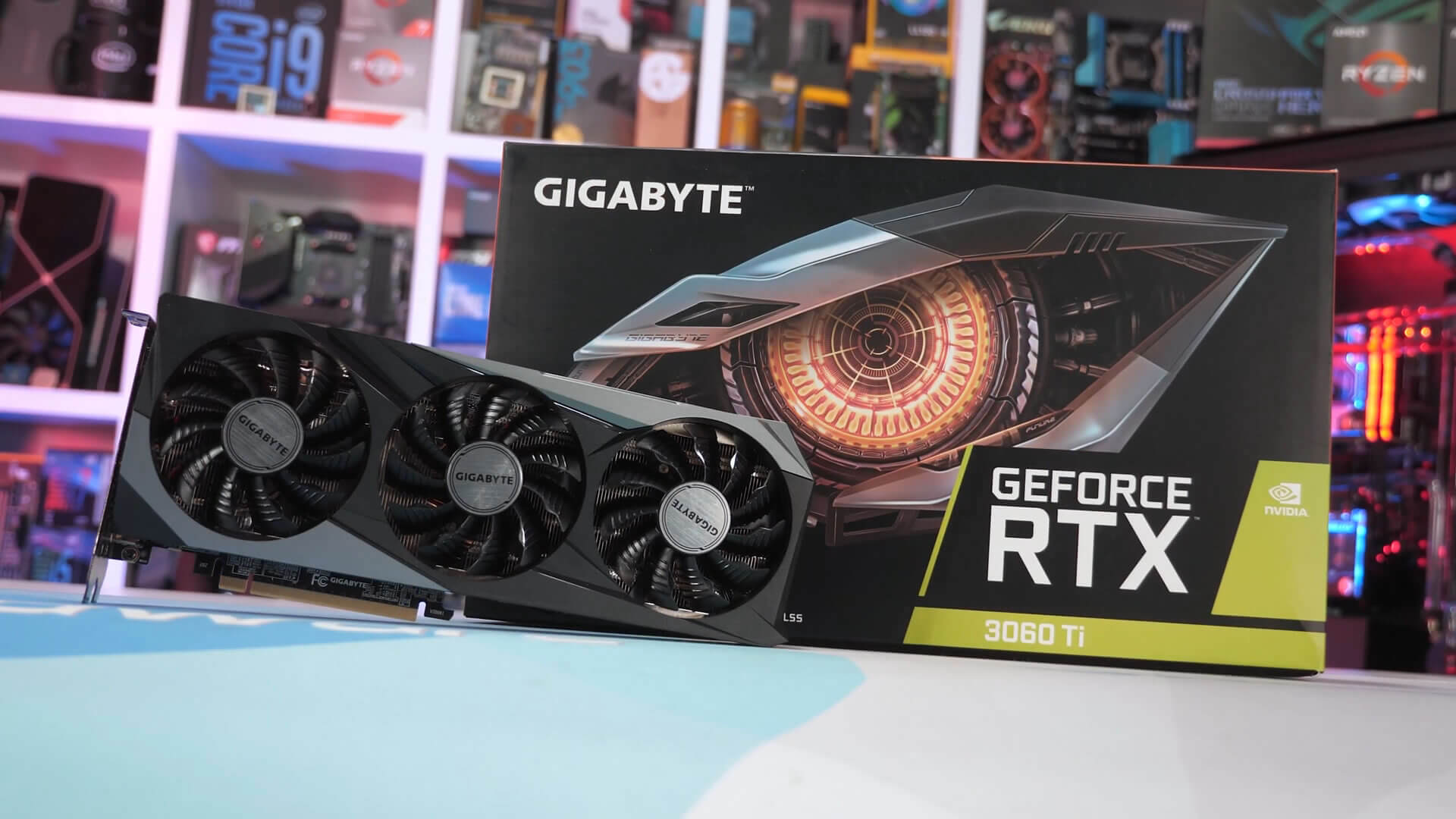


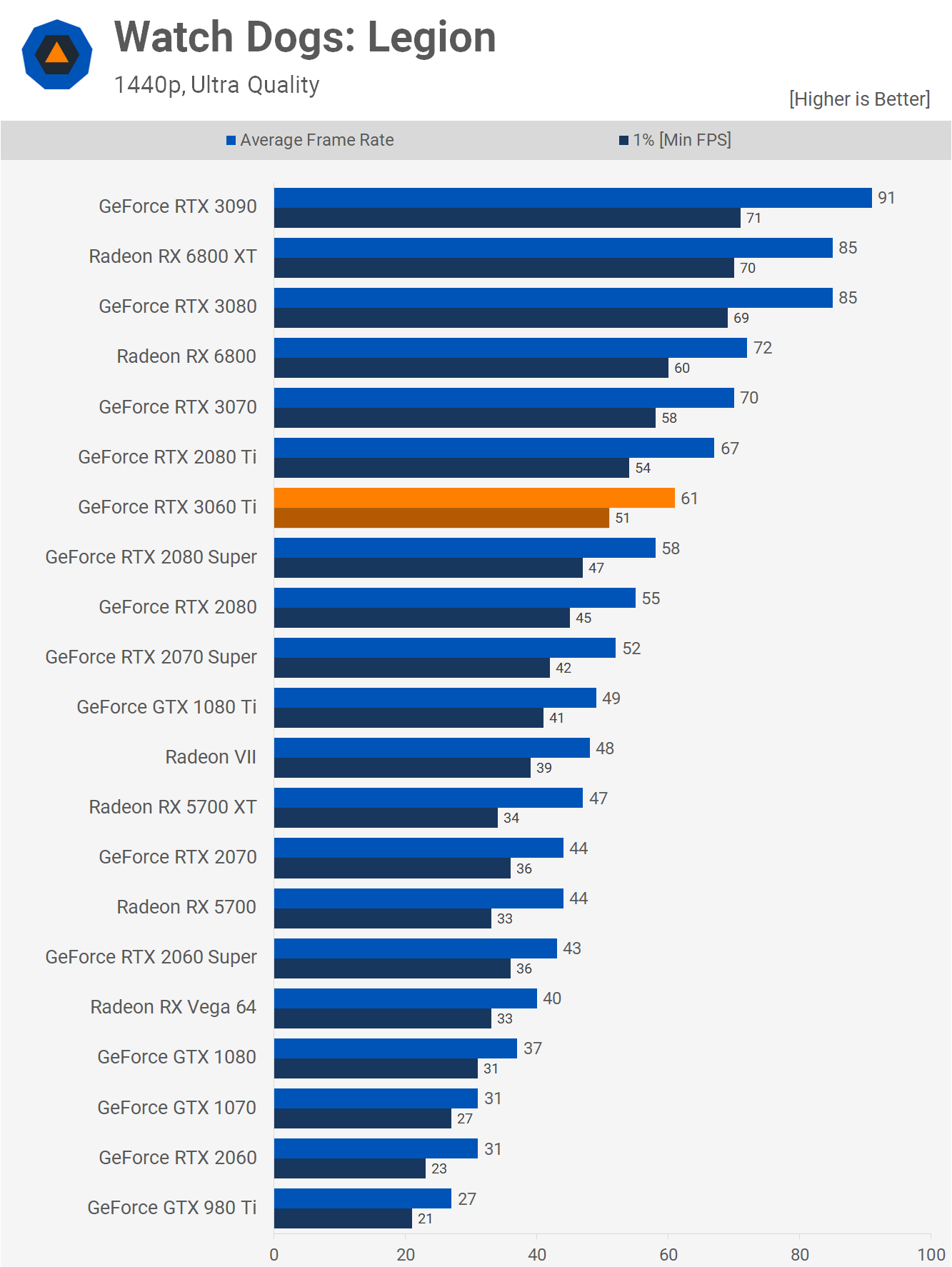
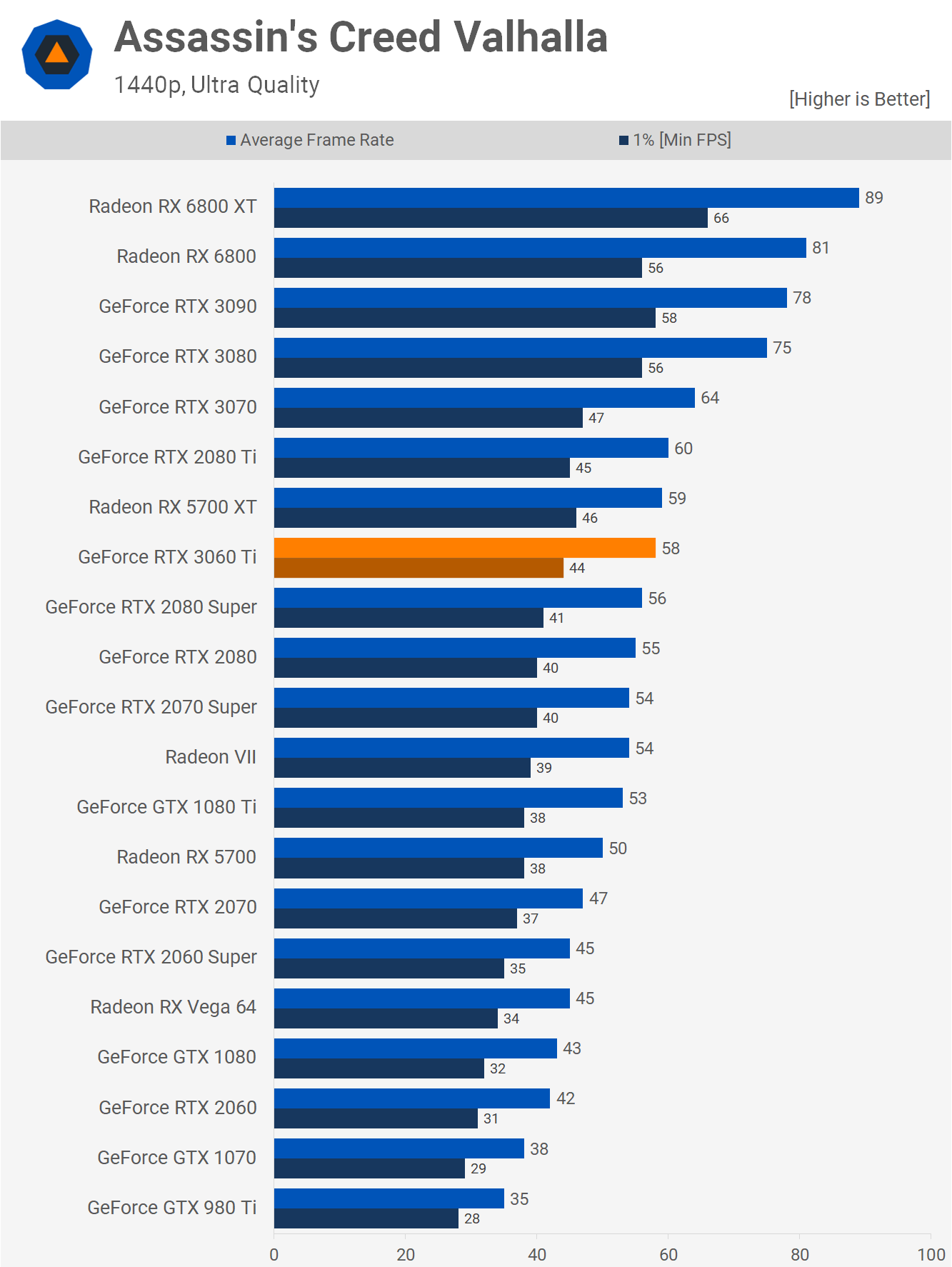
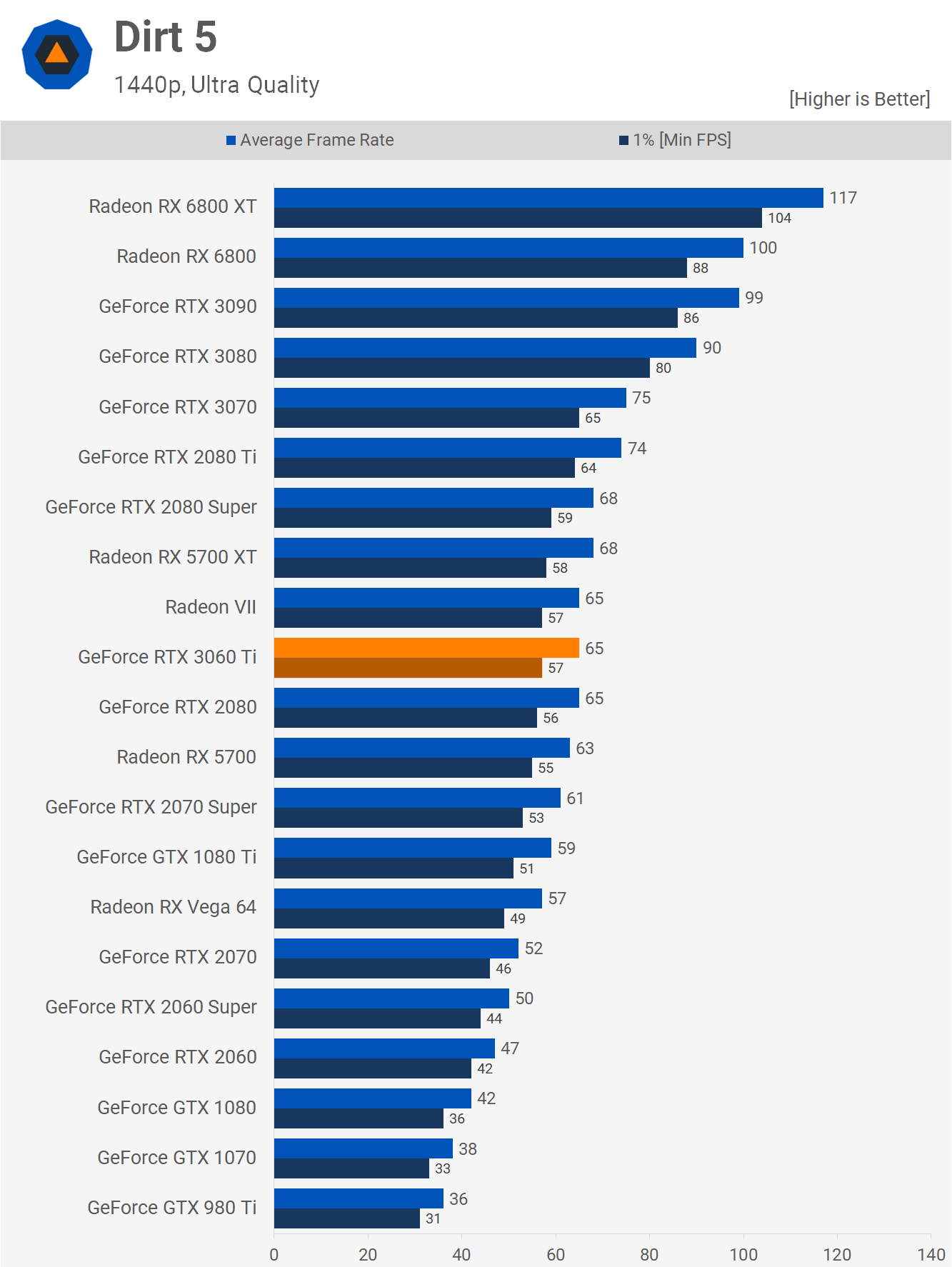
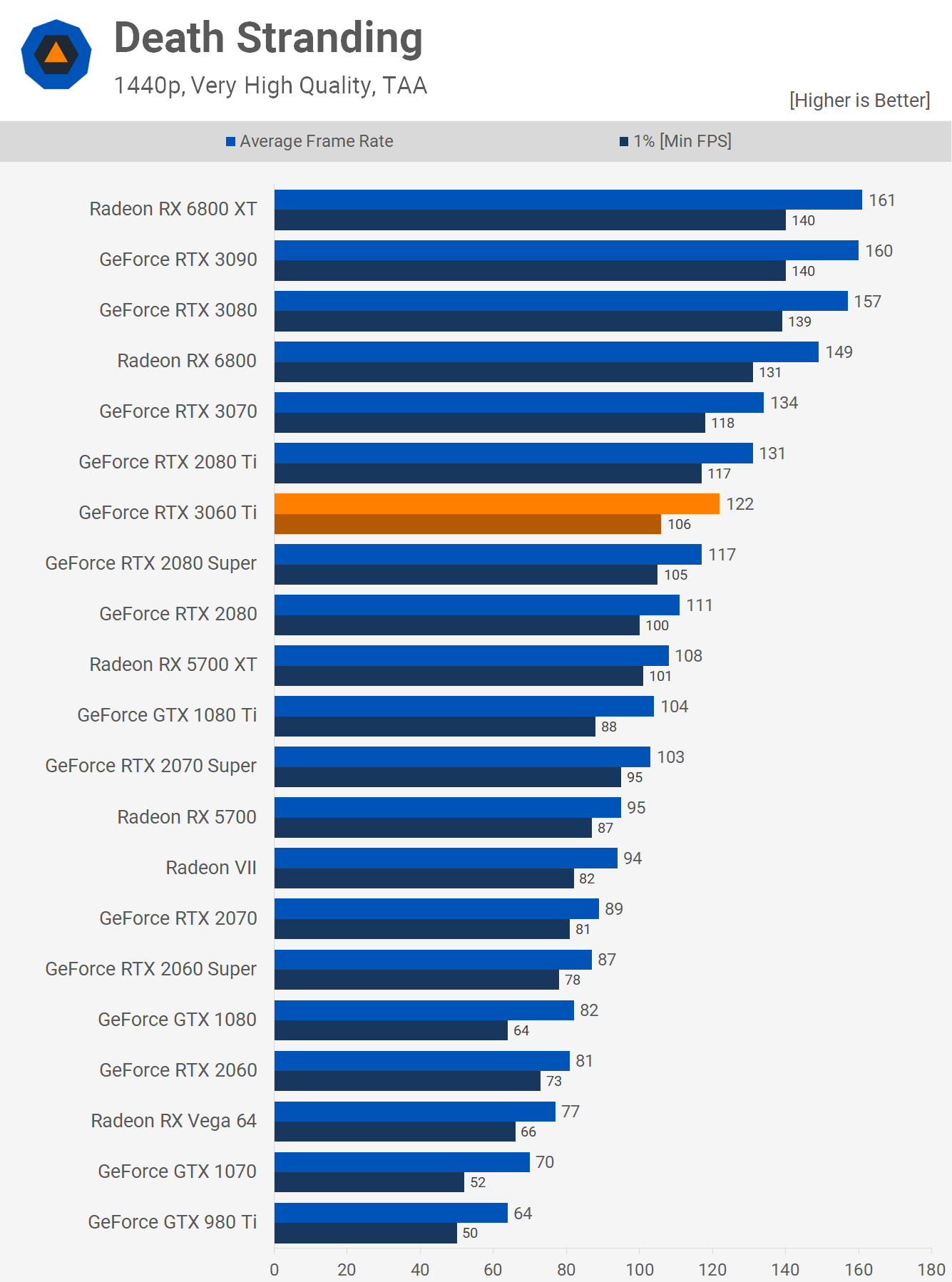



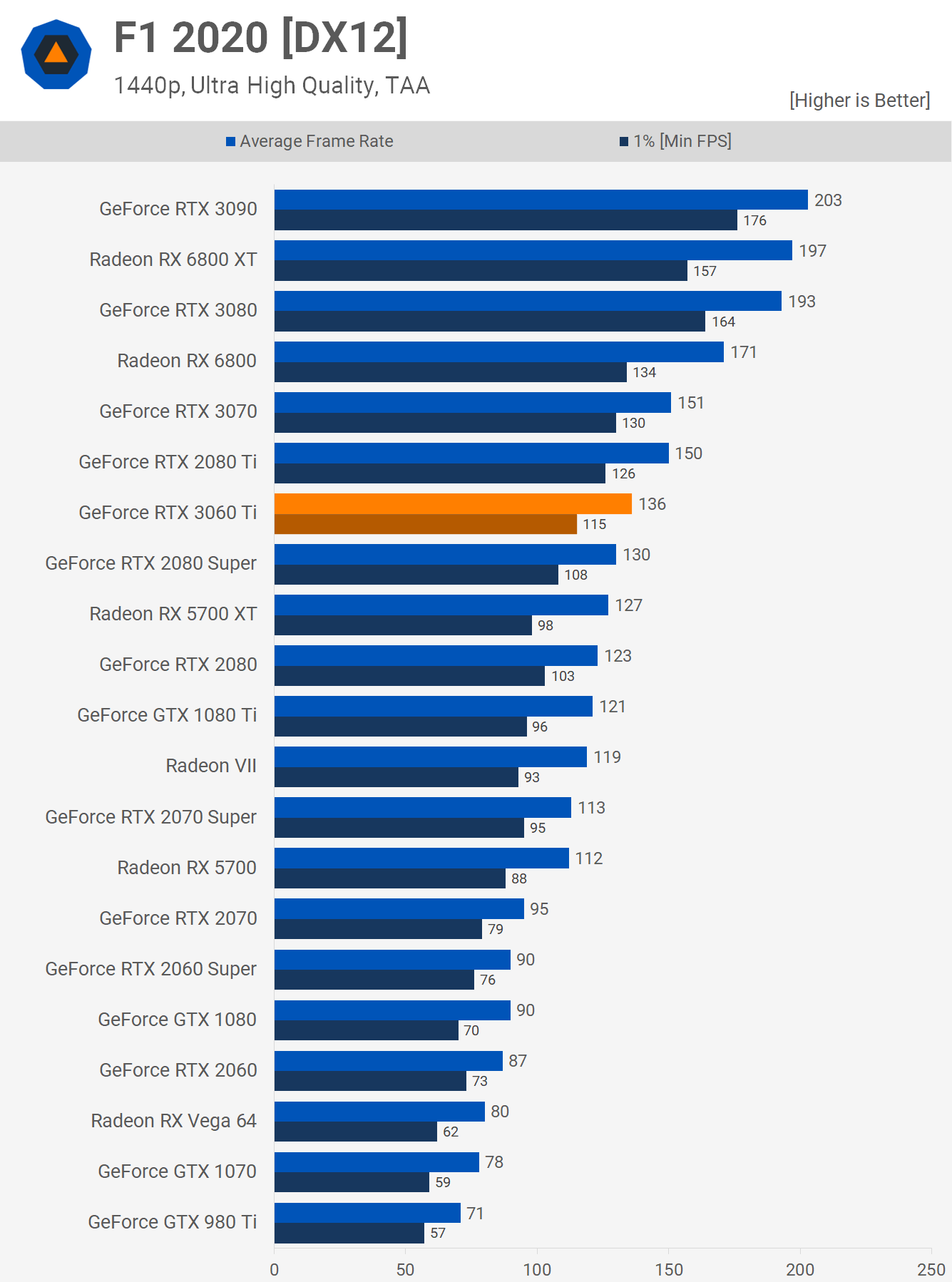
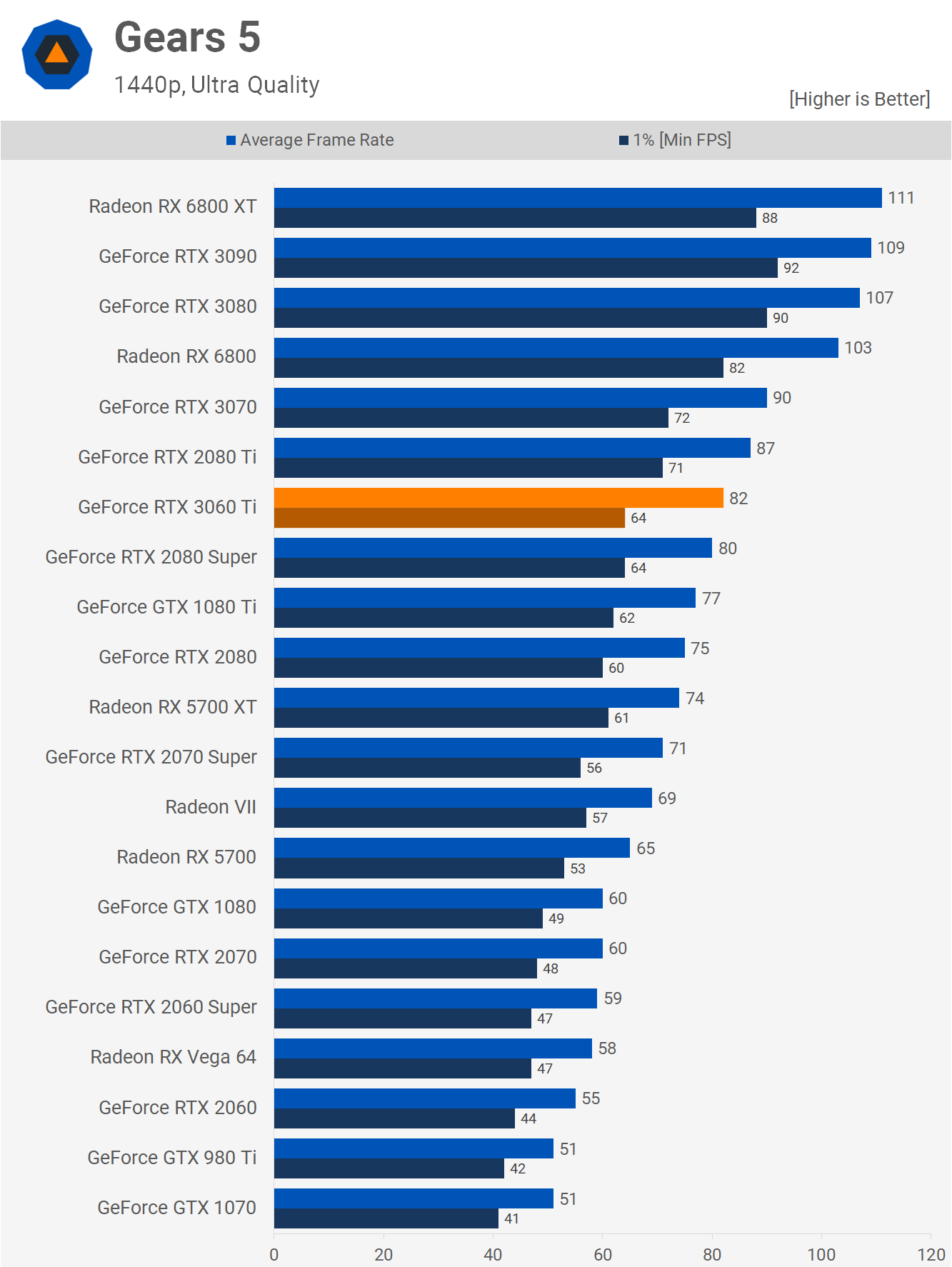
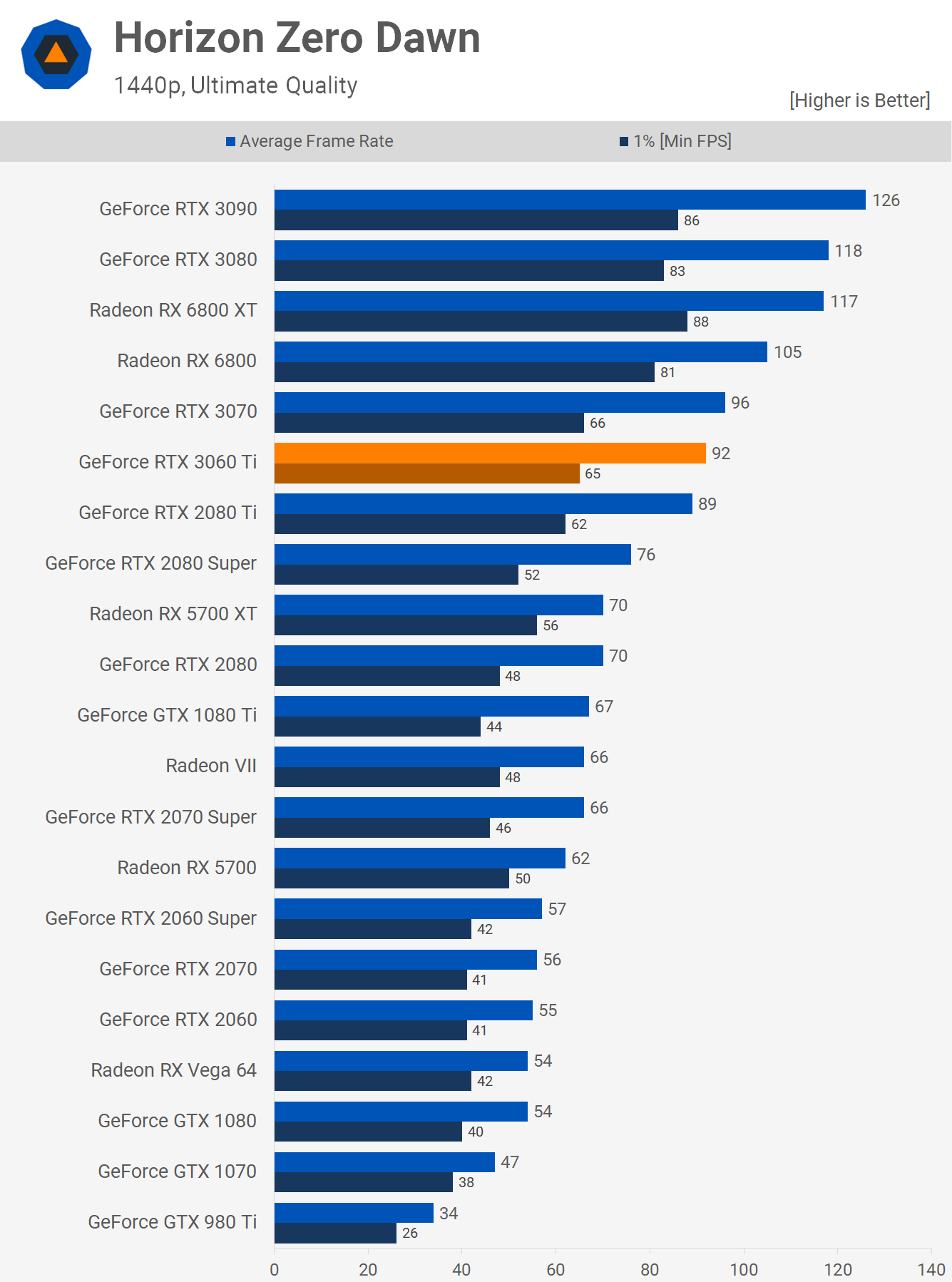


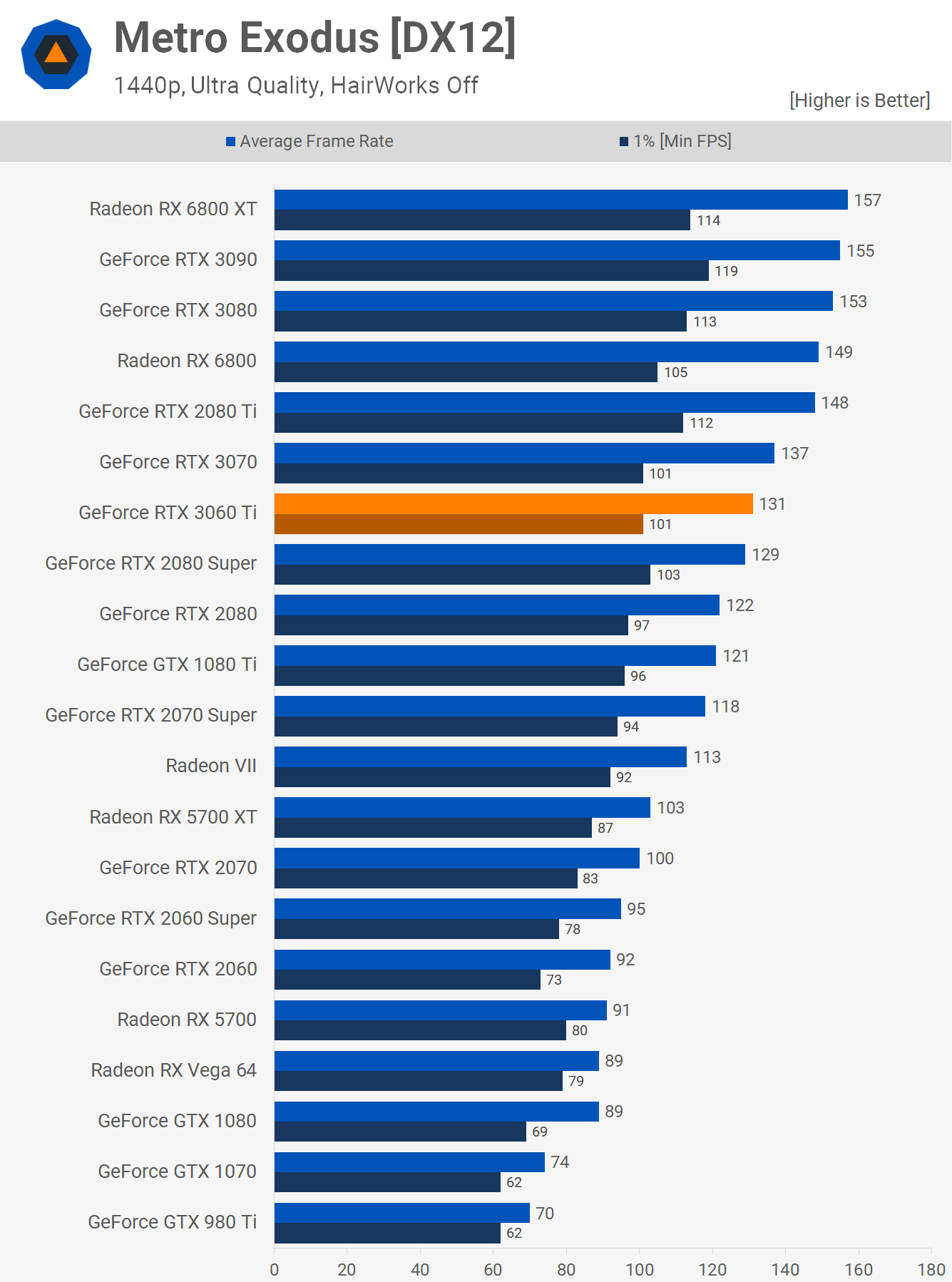

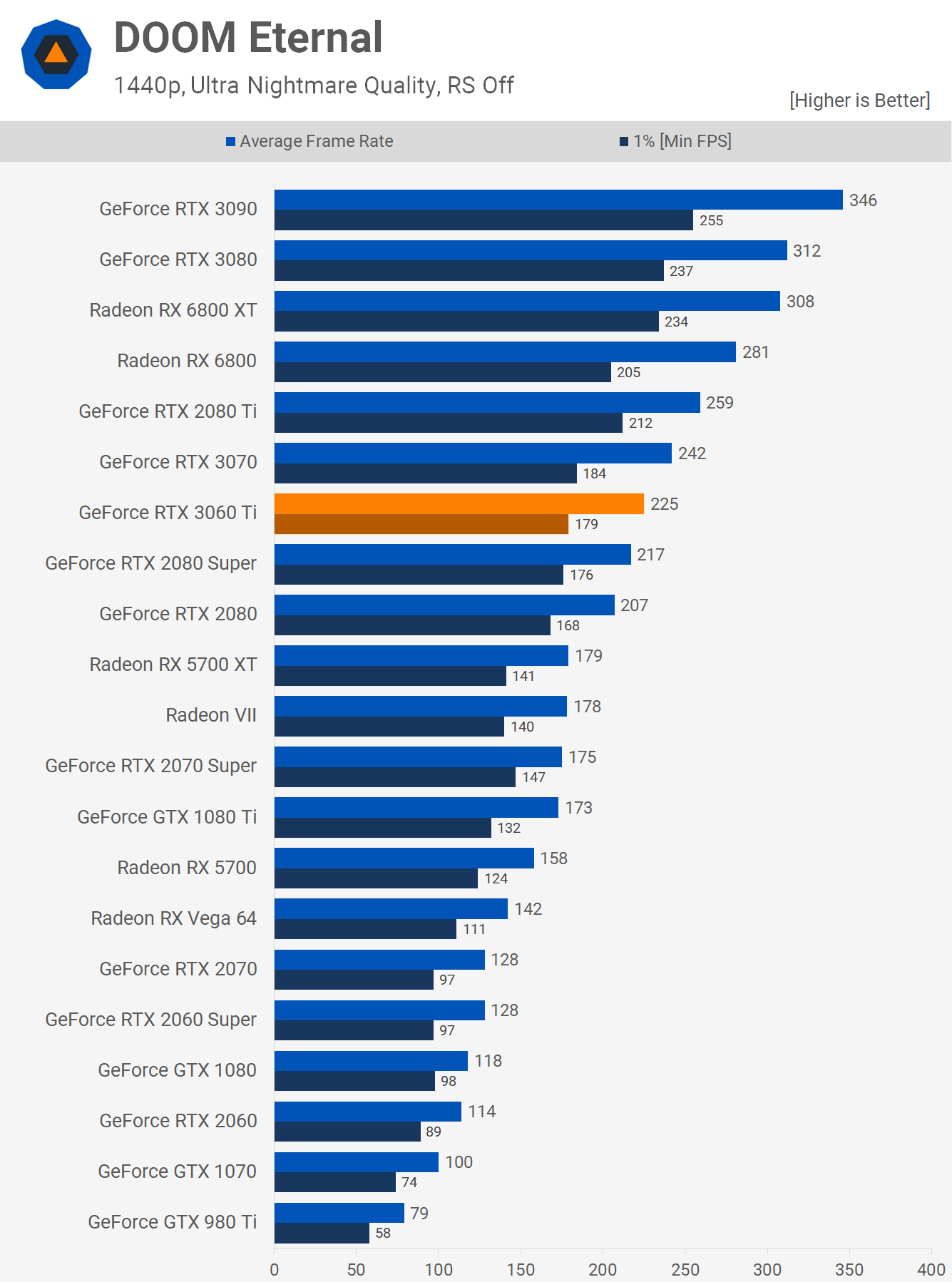


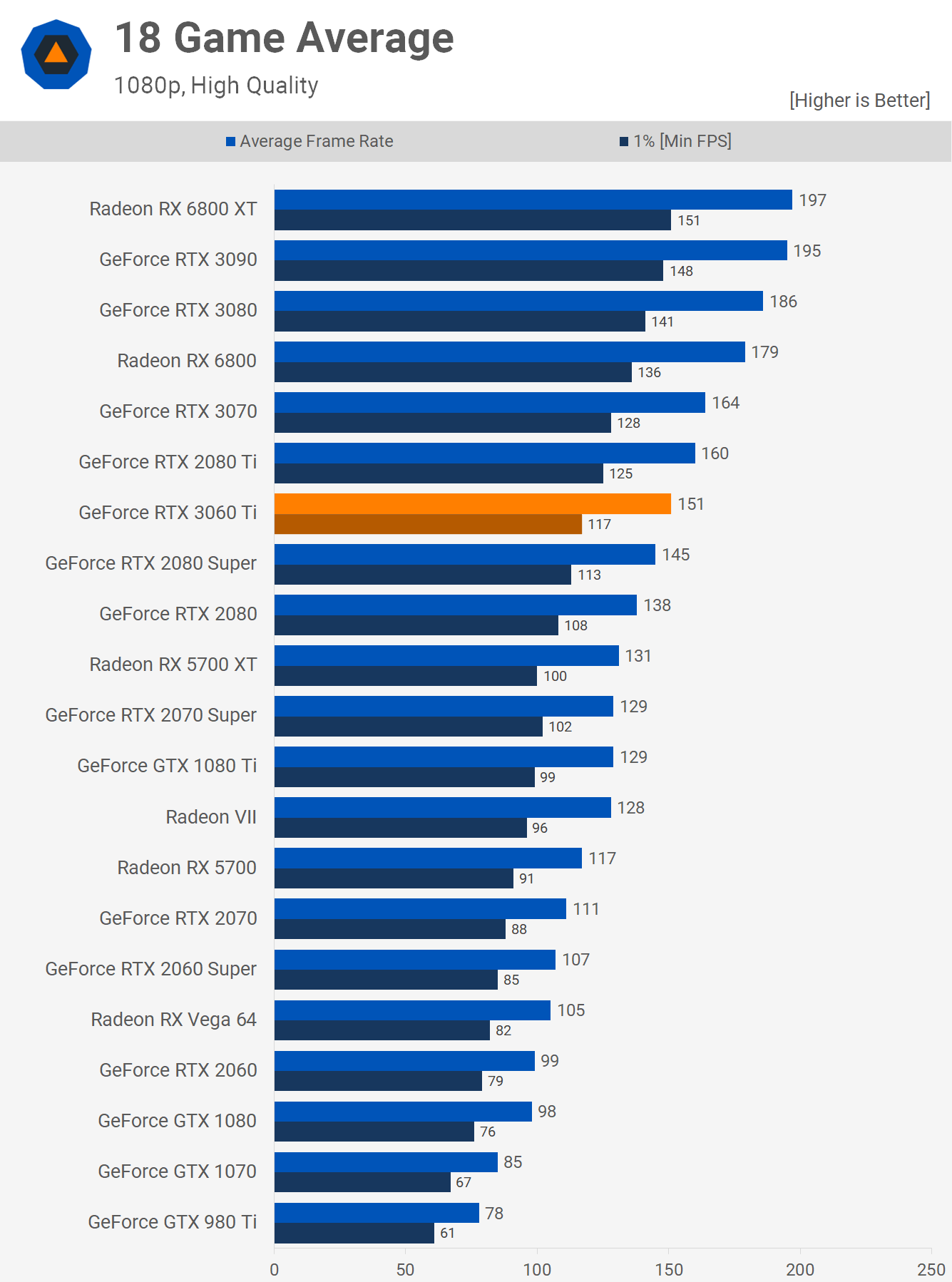
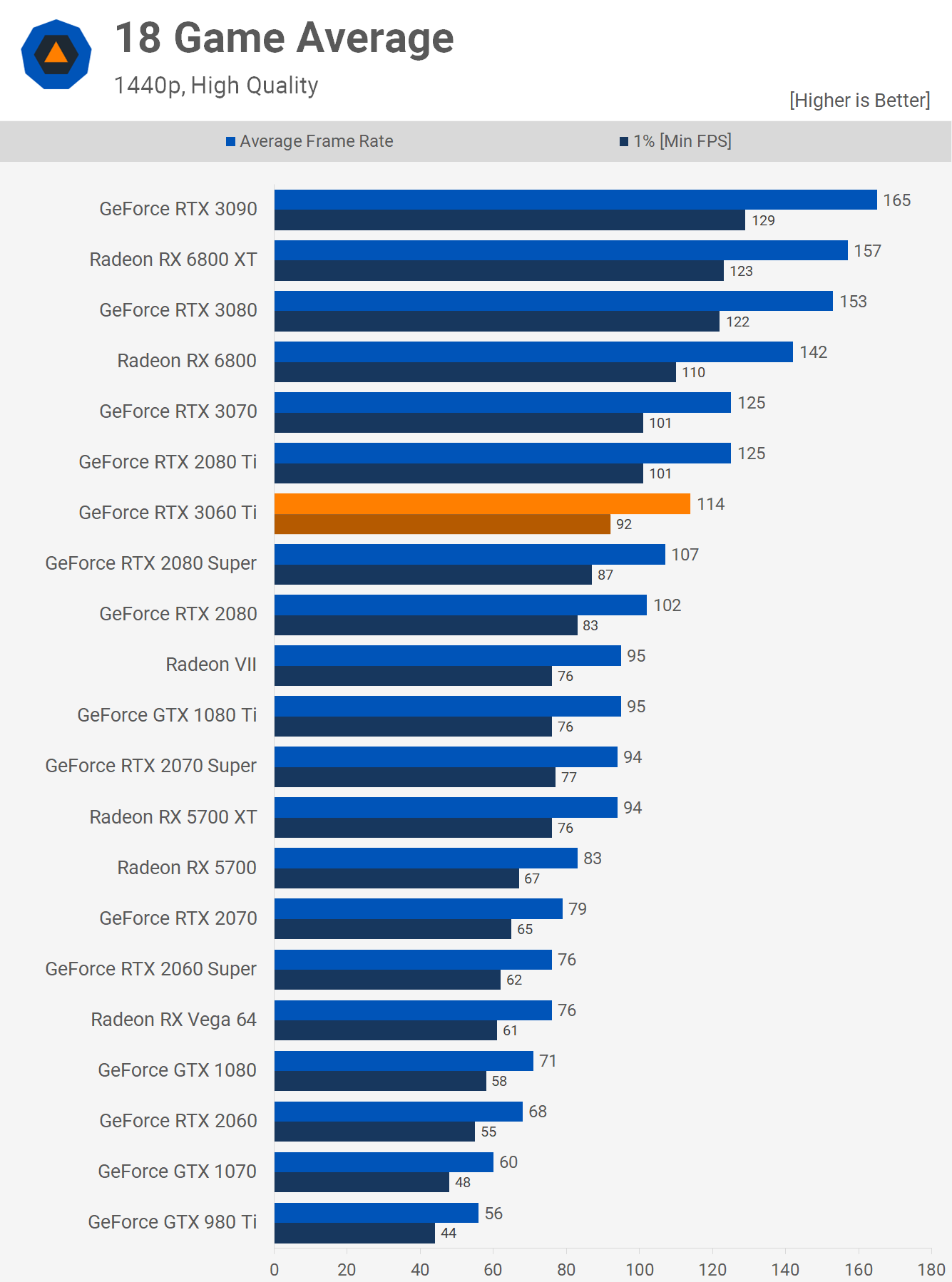
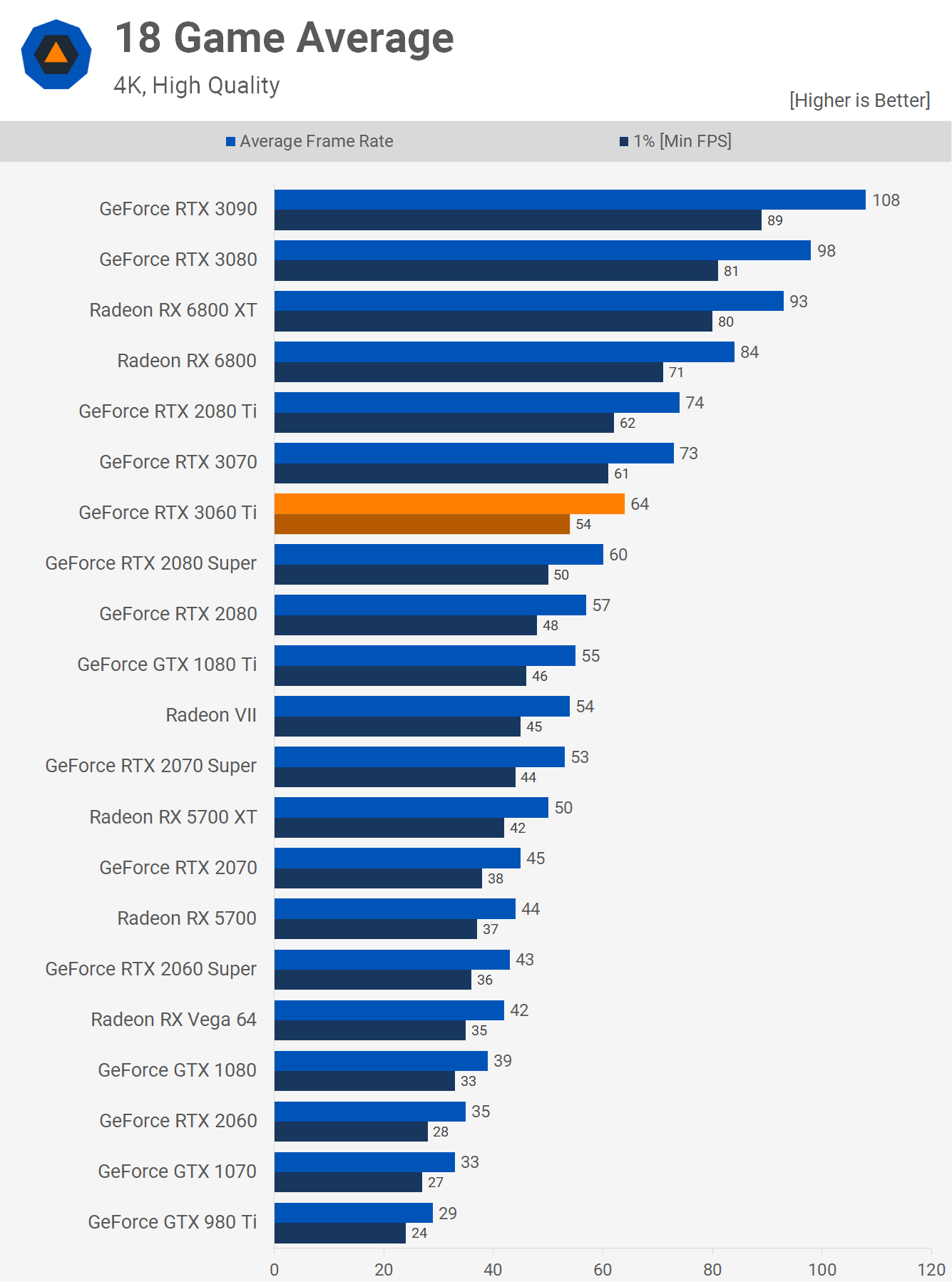

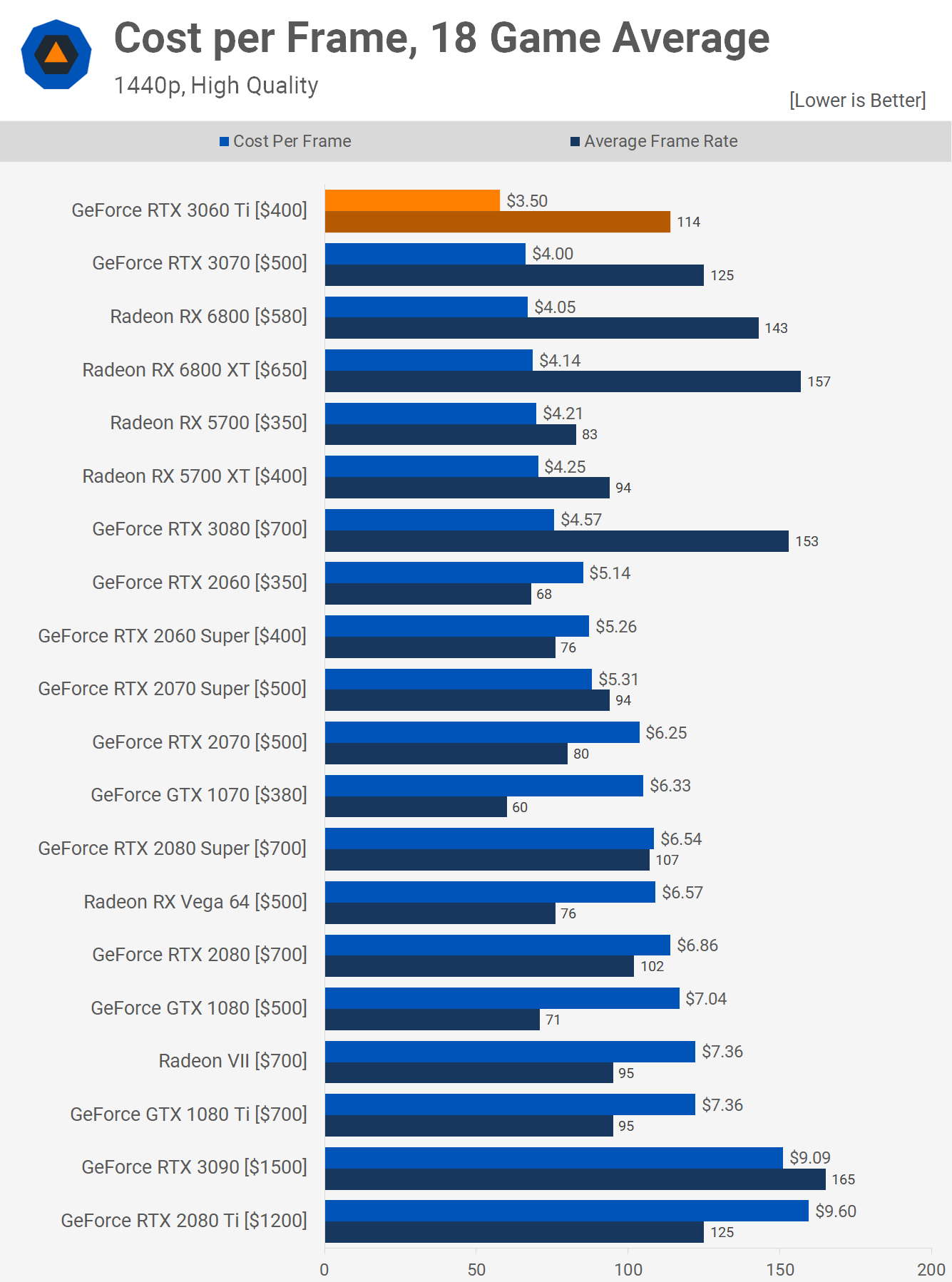


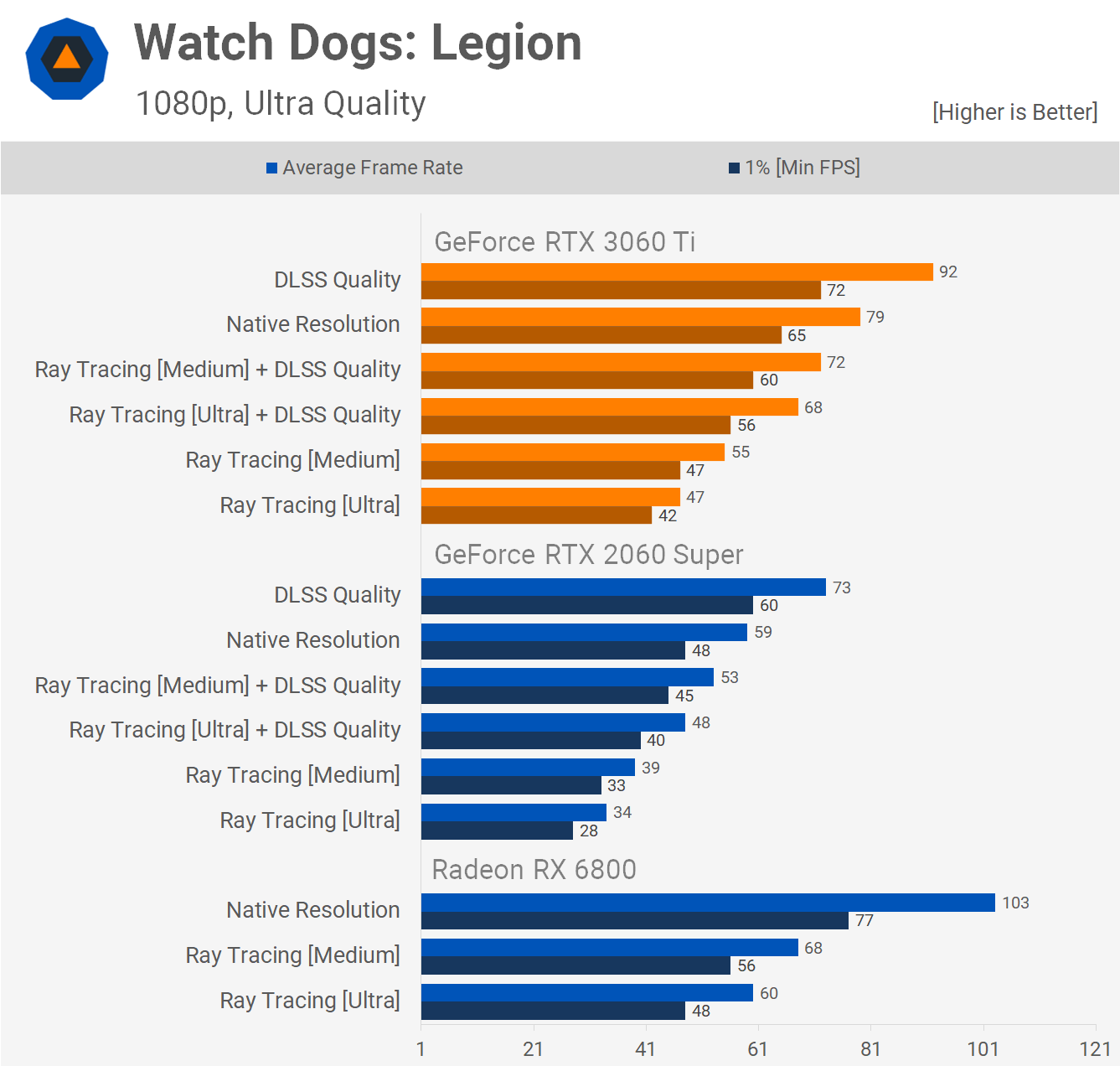

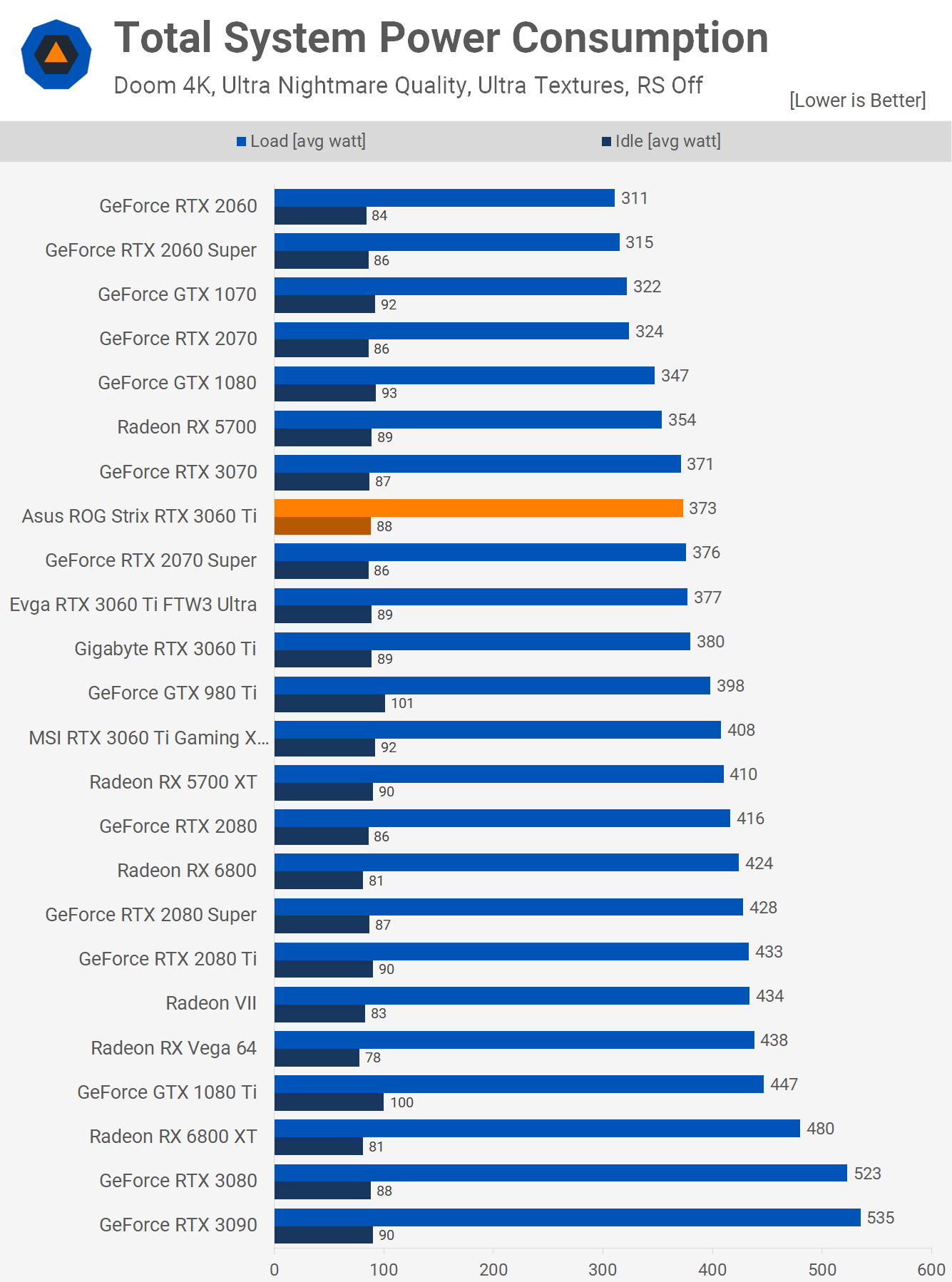
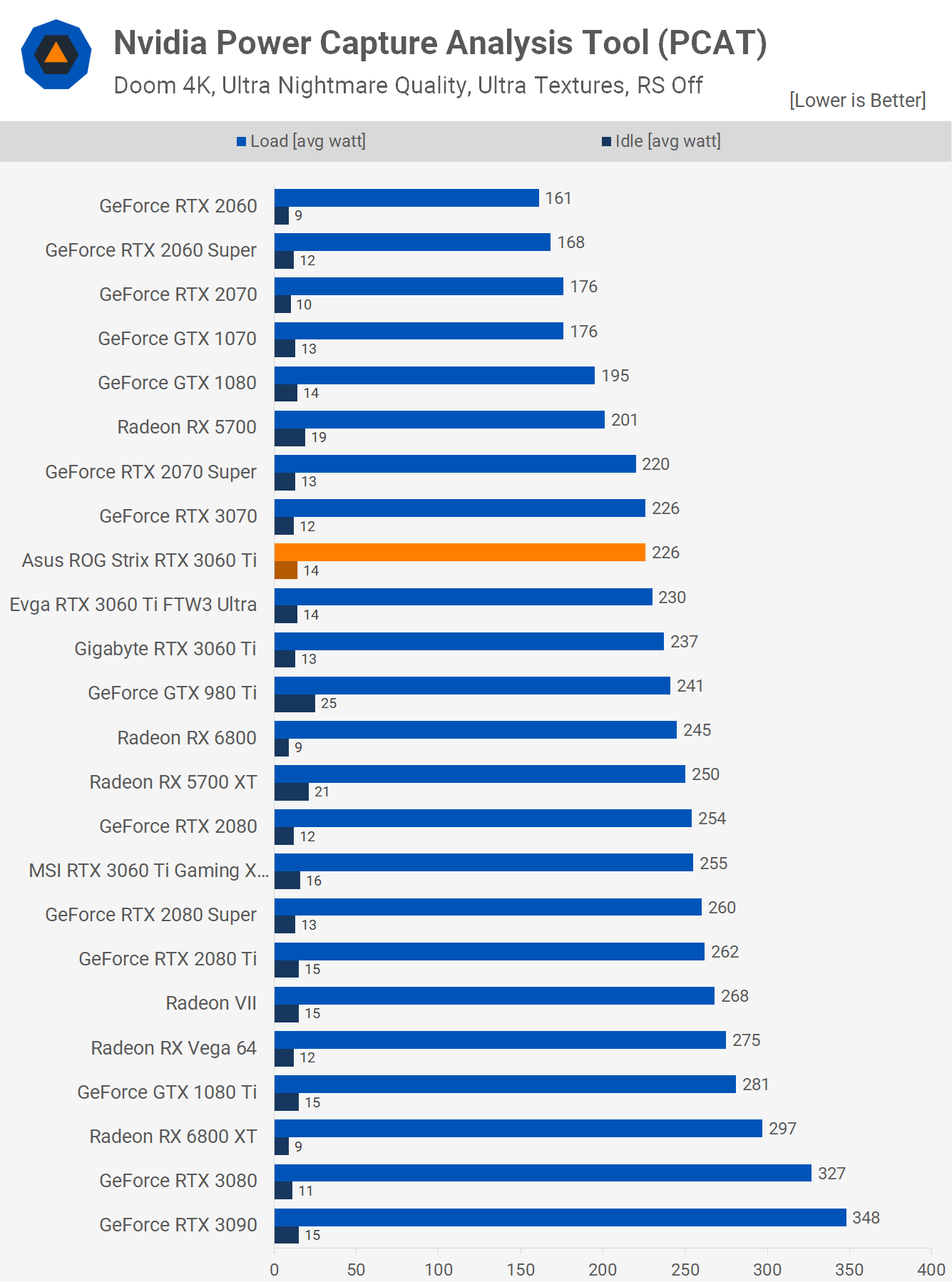


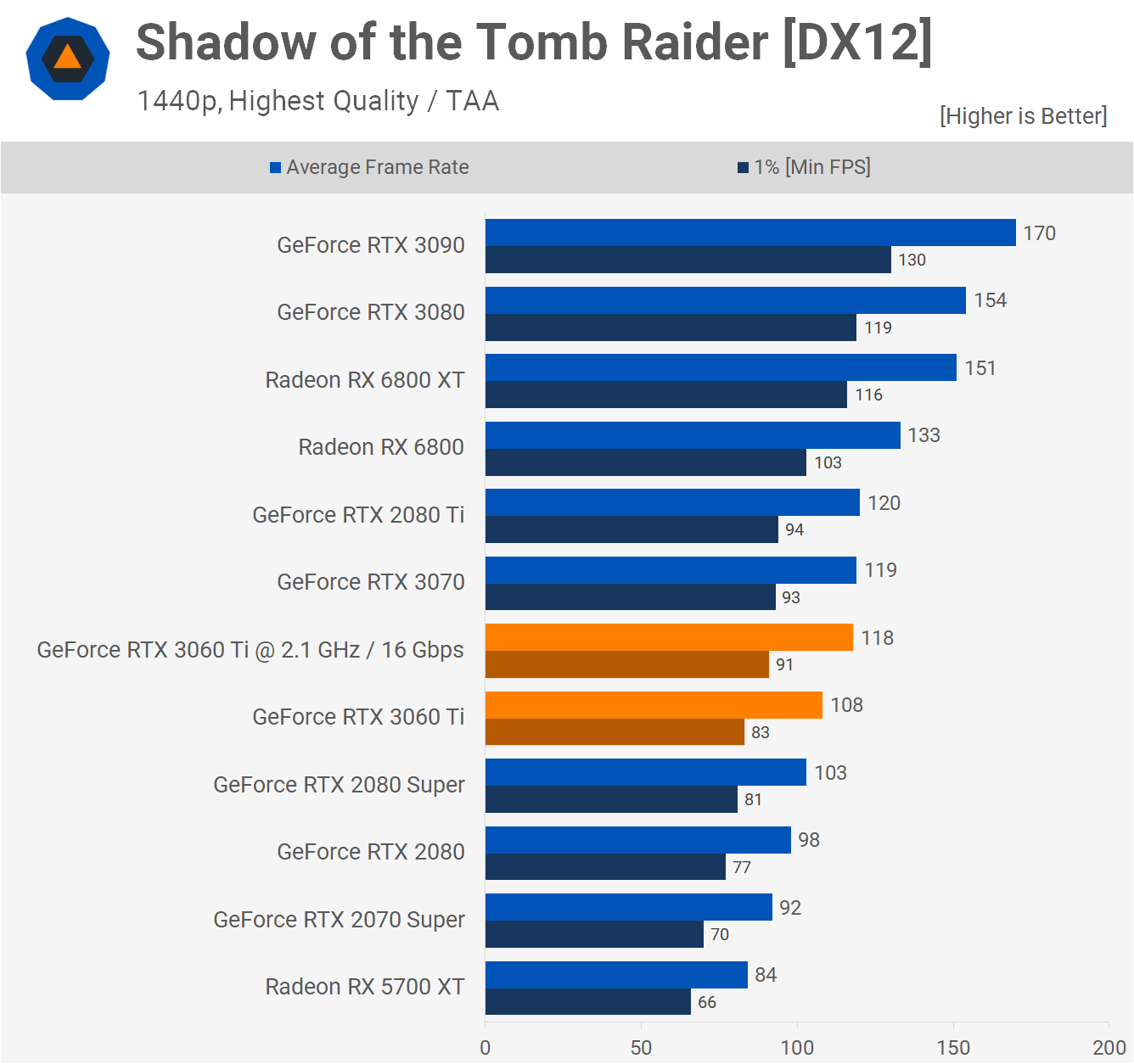
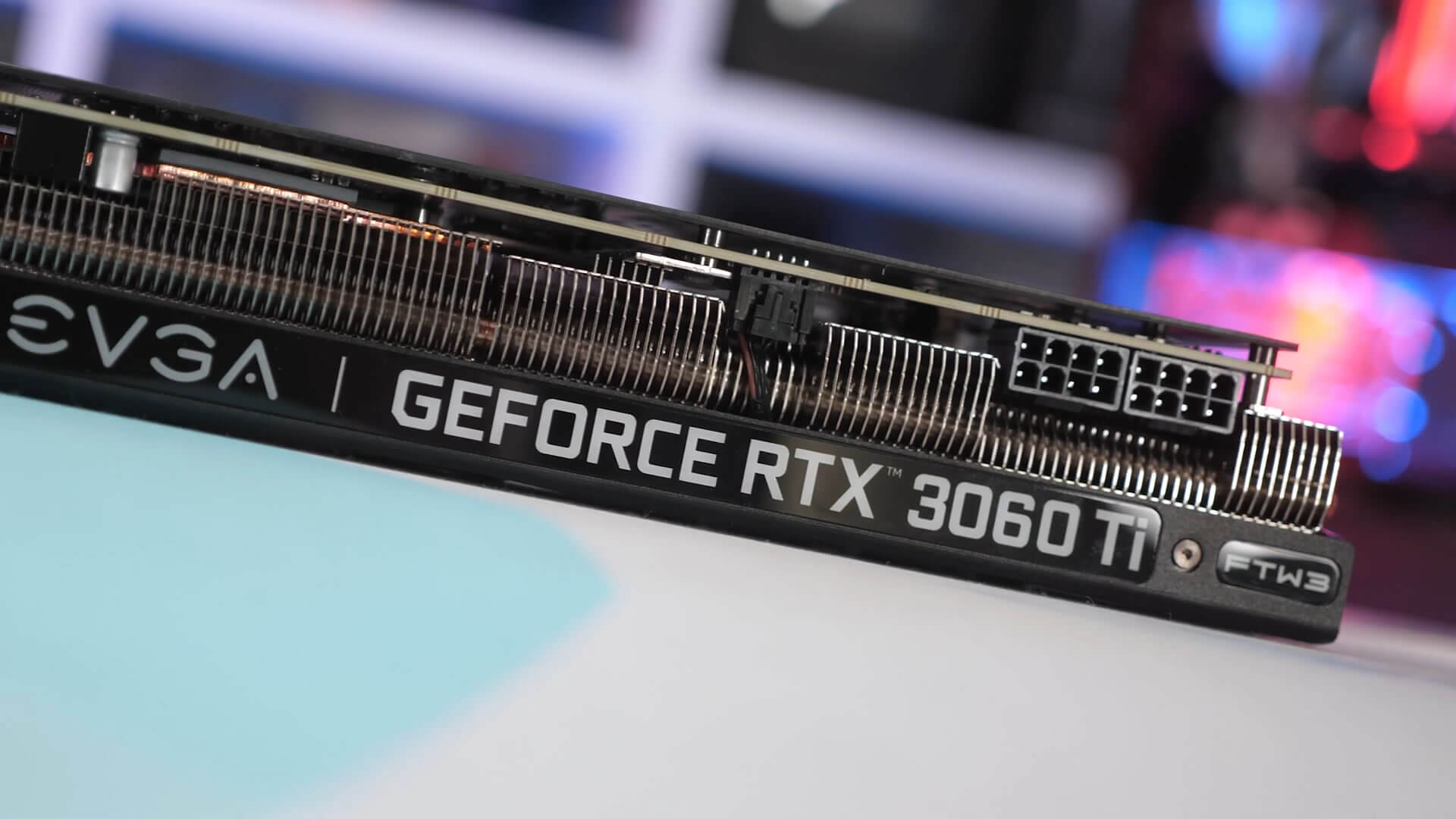

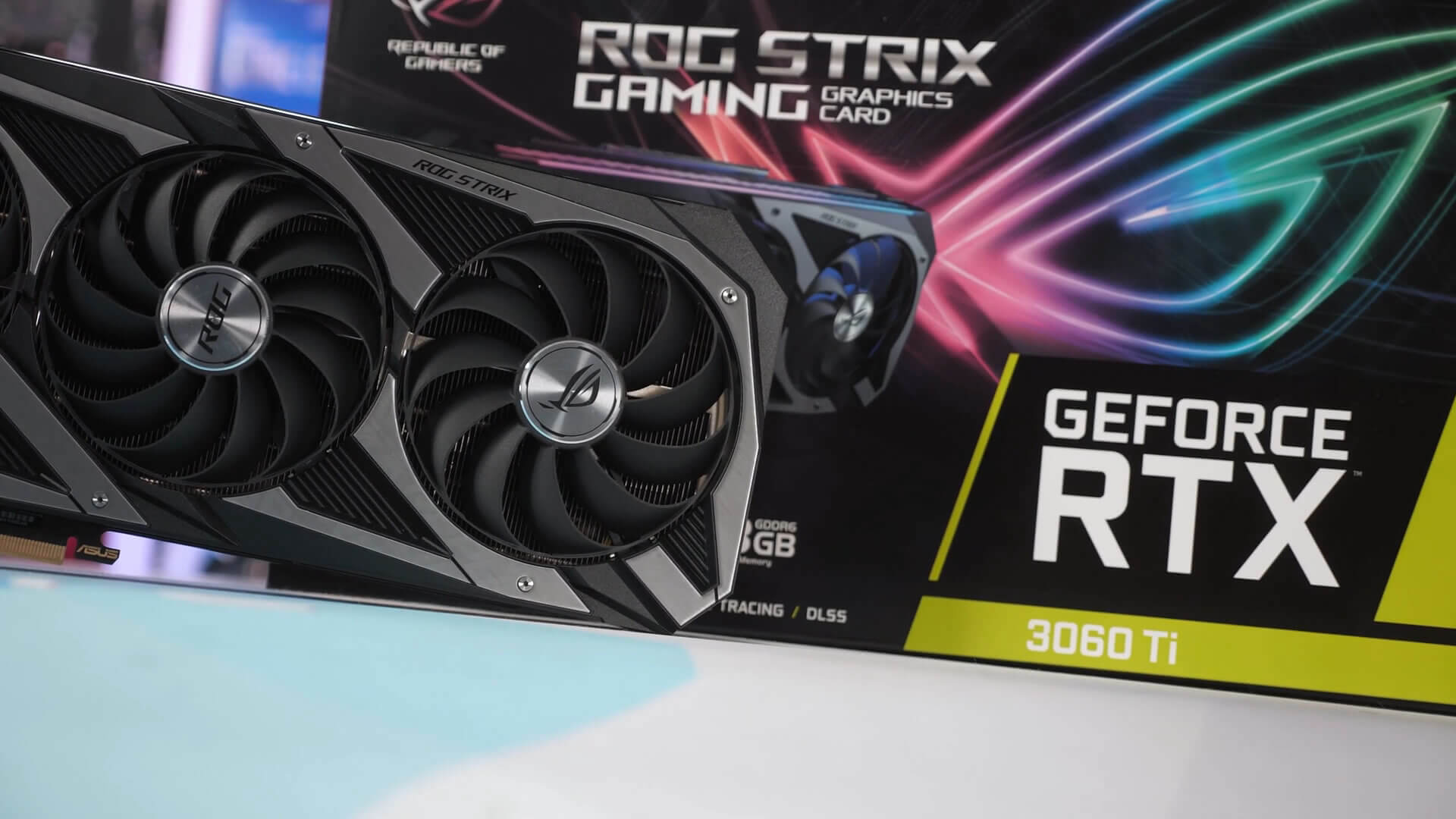






0 nhận xét:
Đăng nhận xét